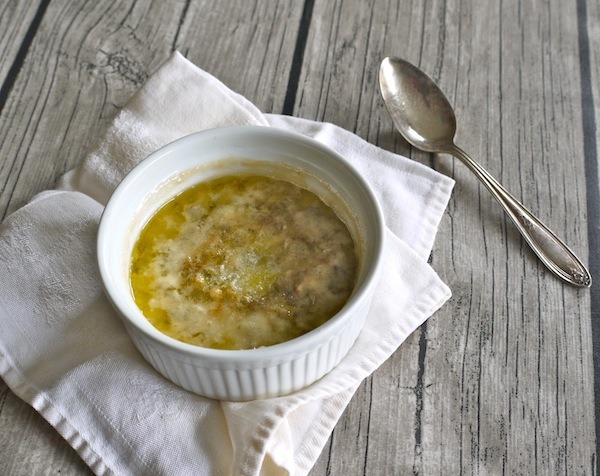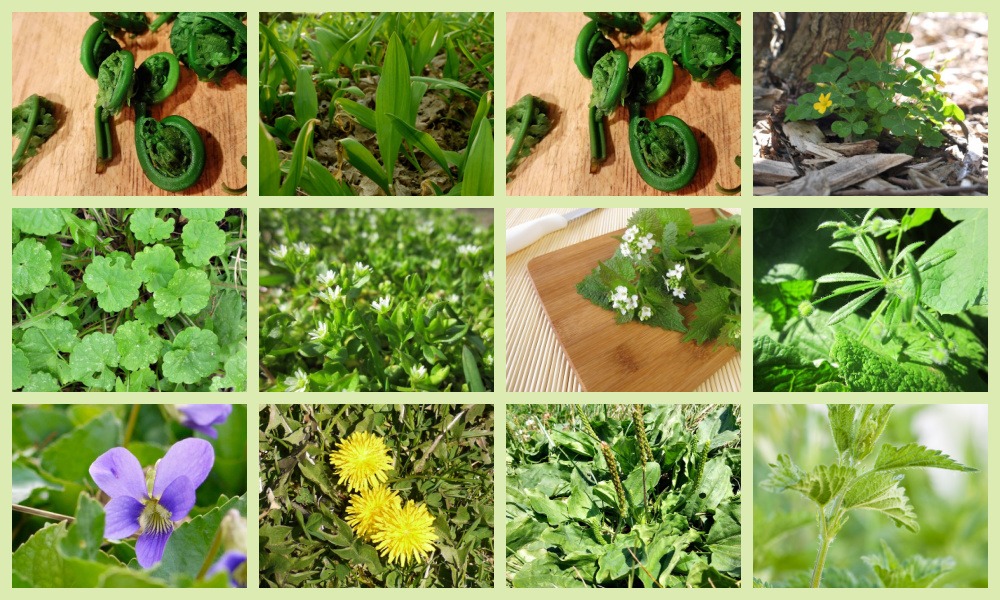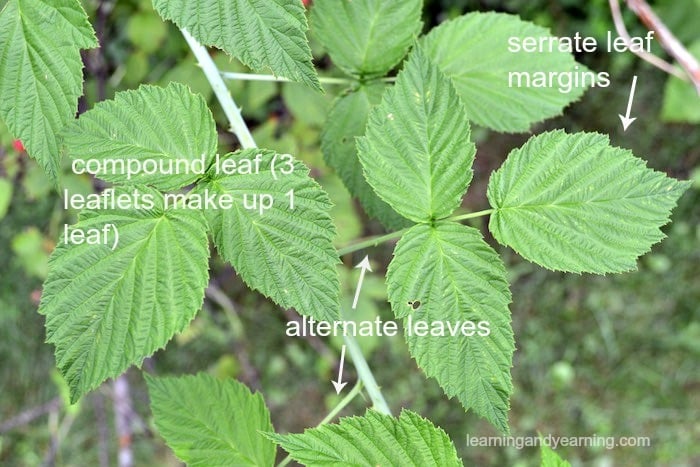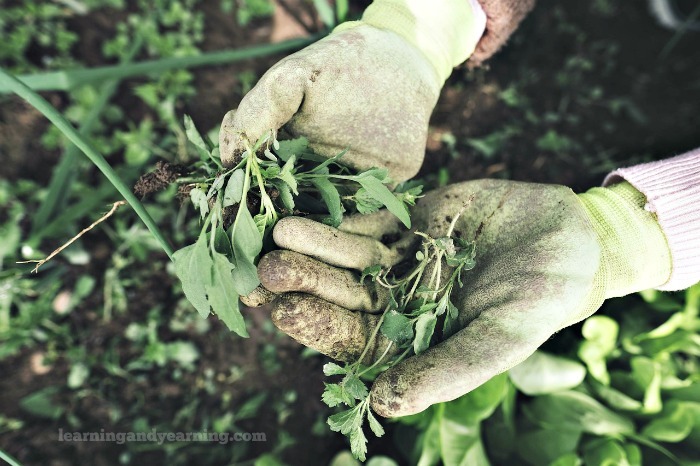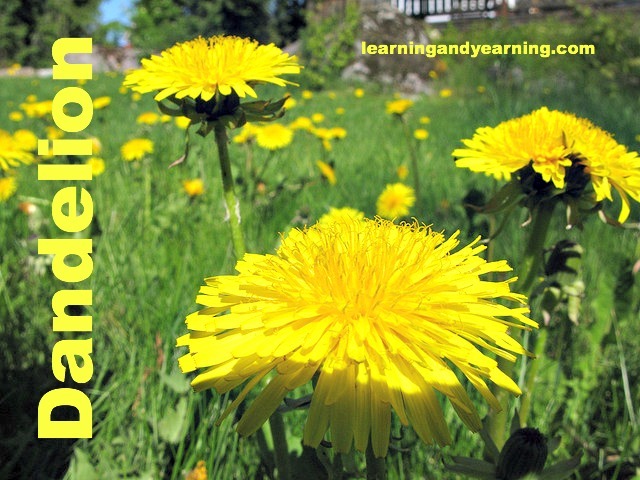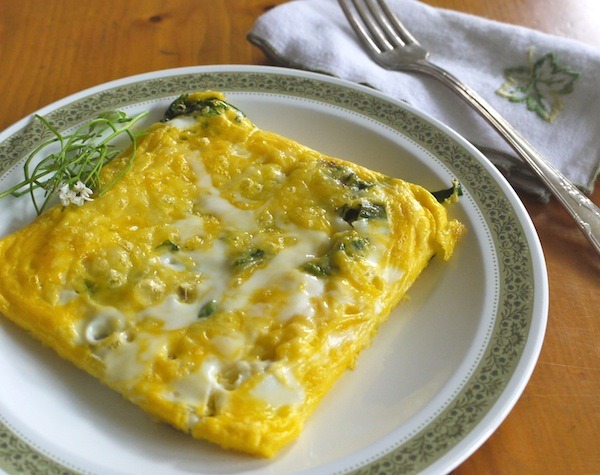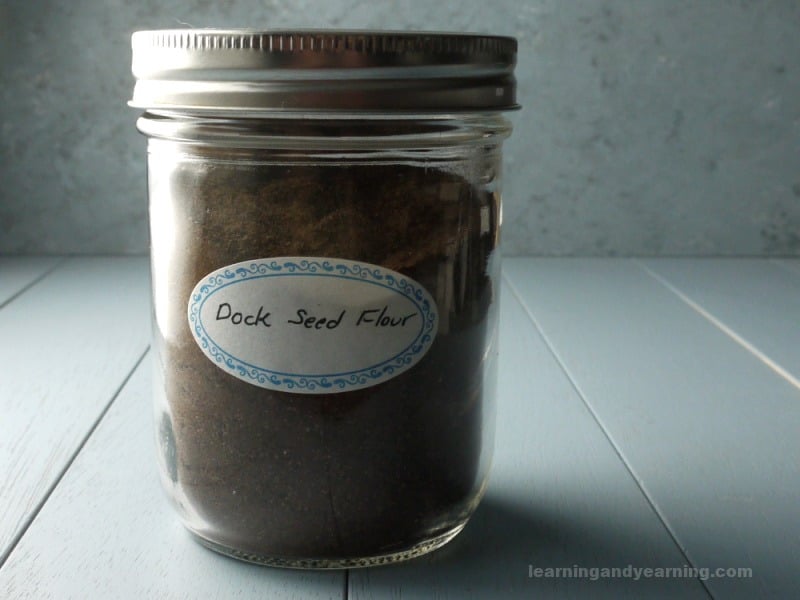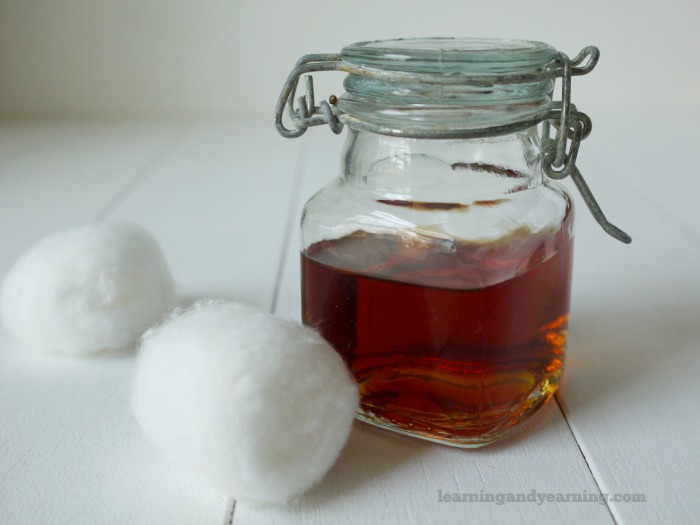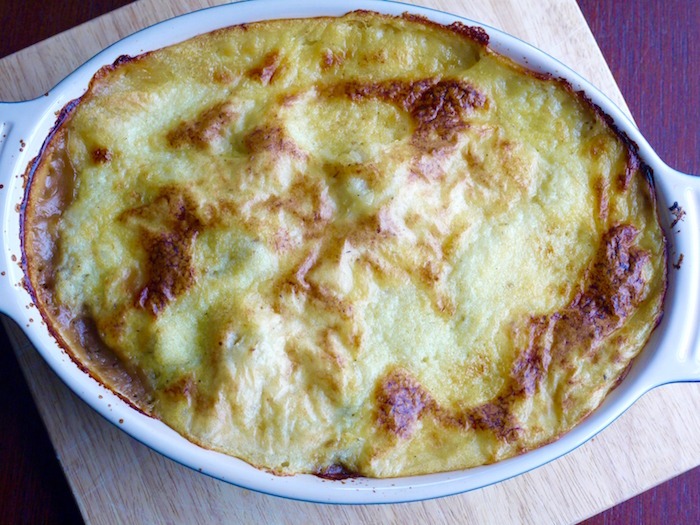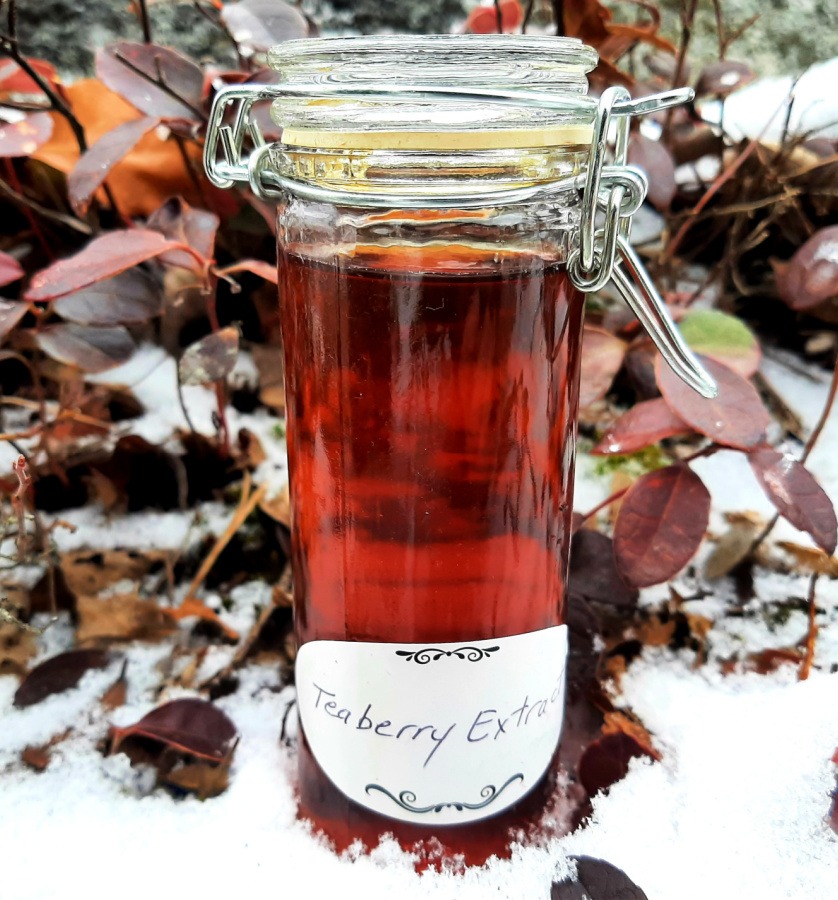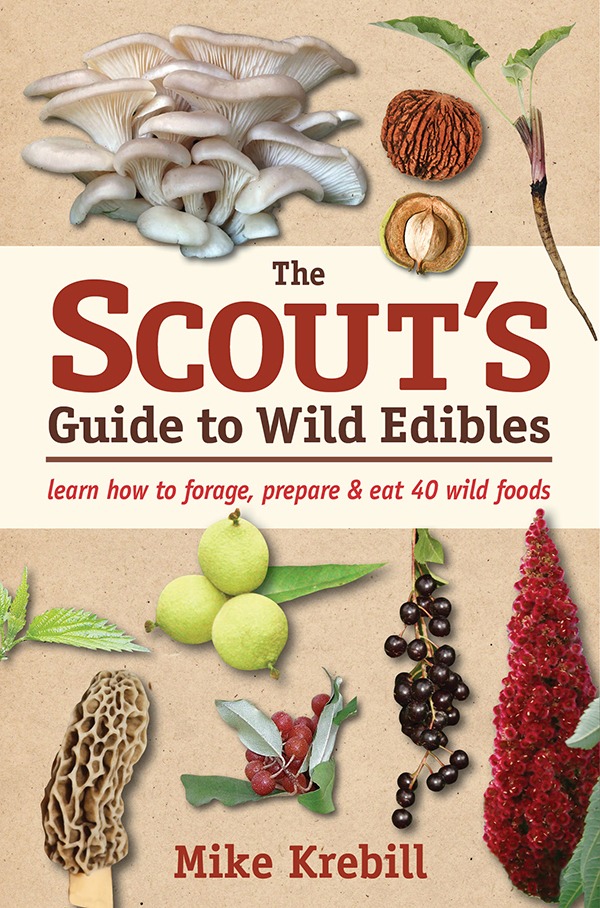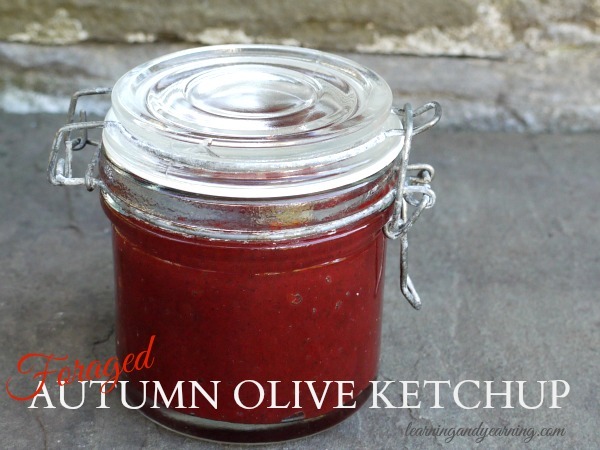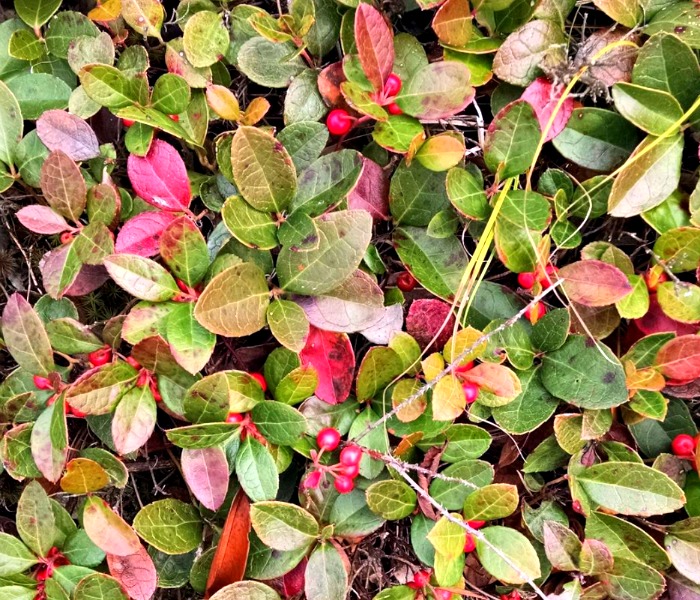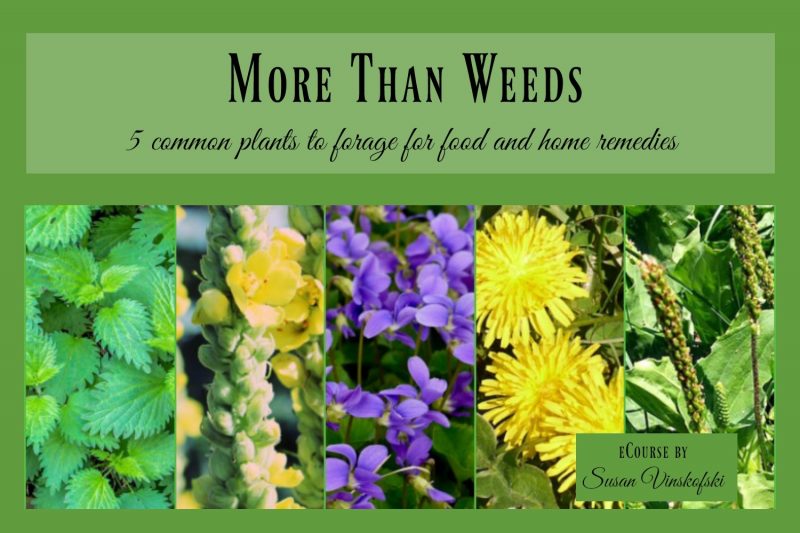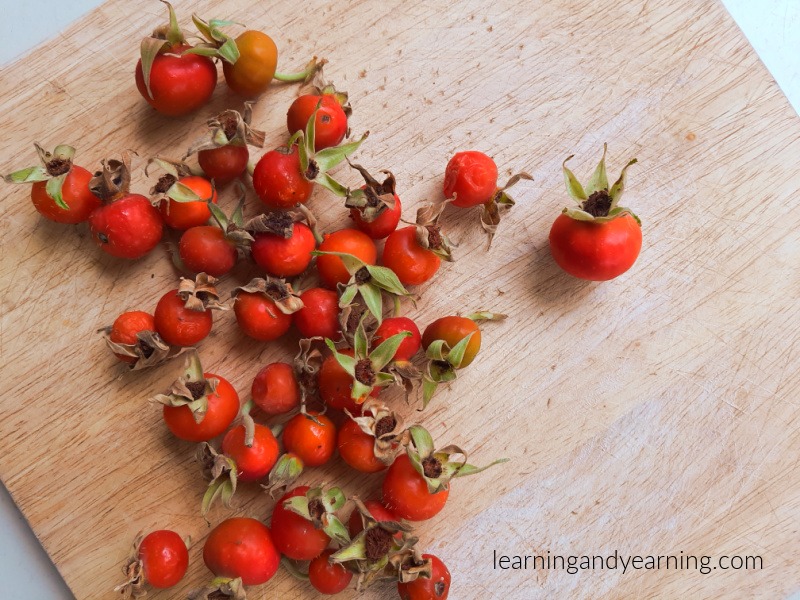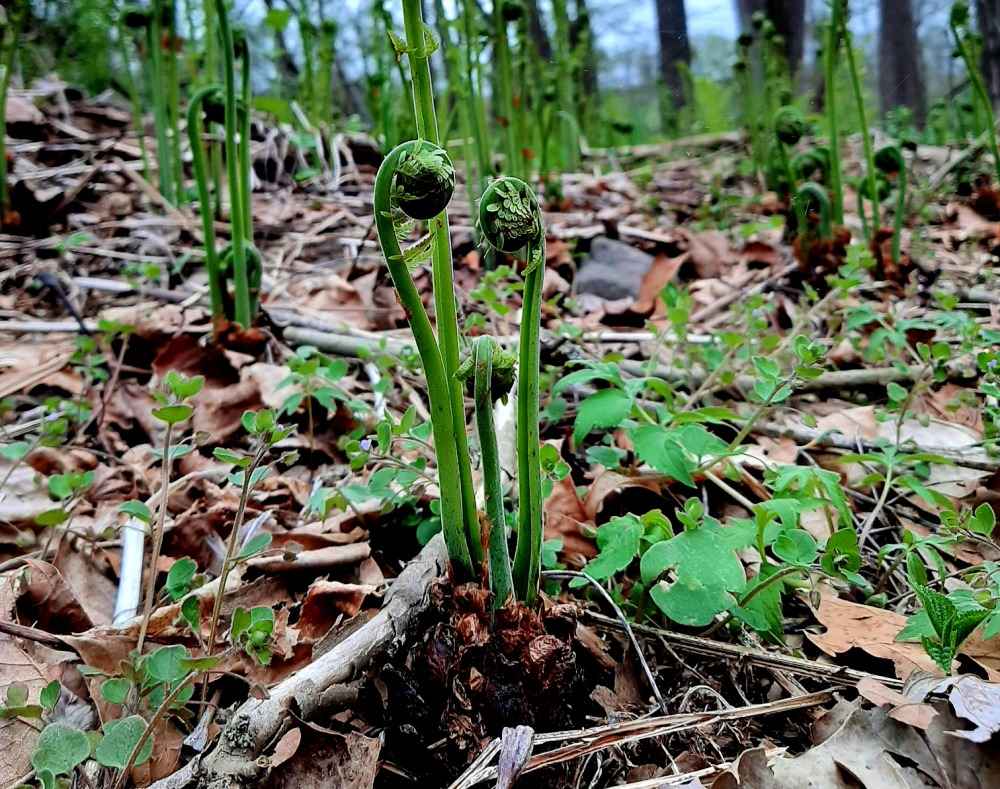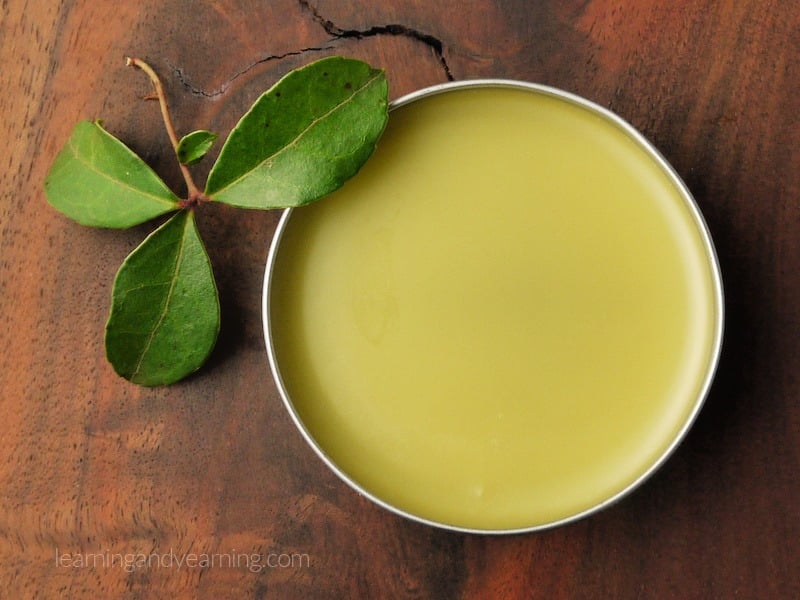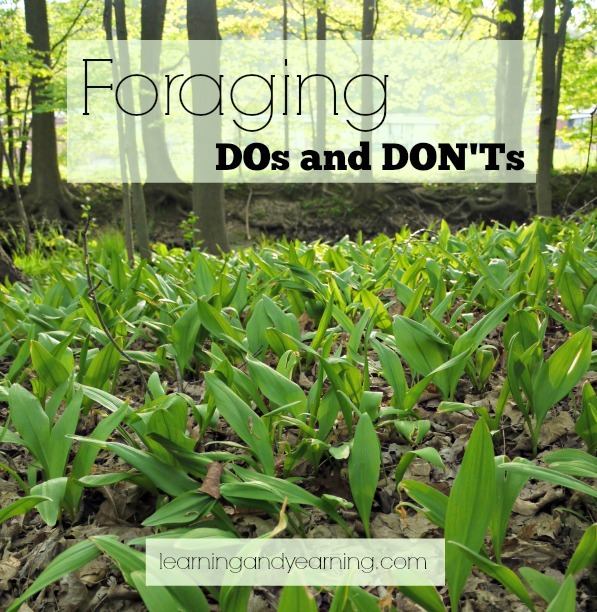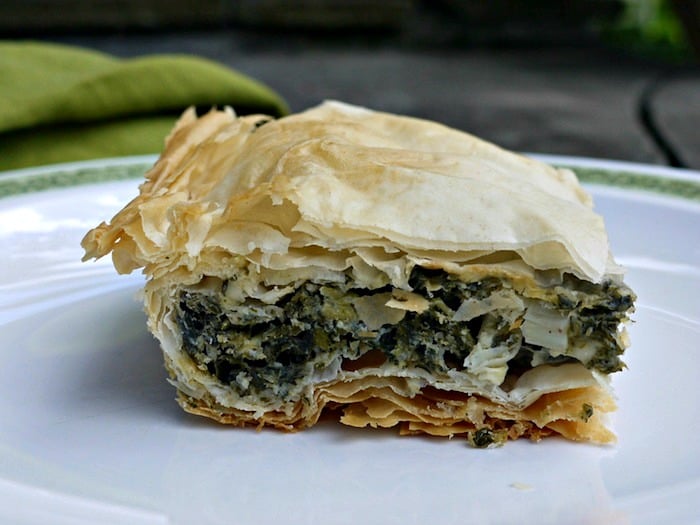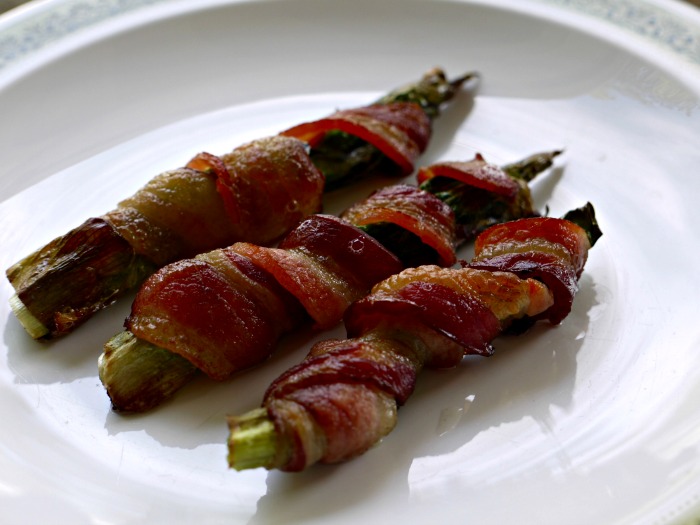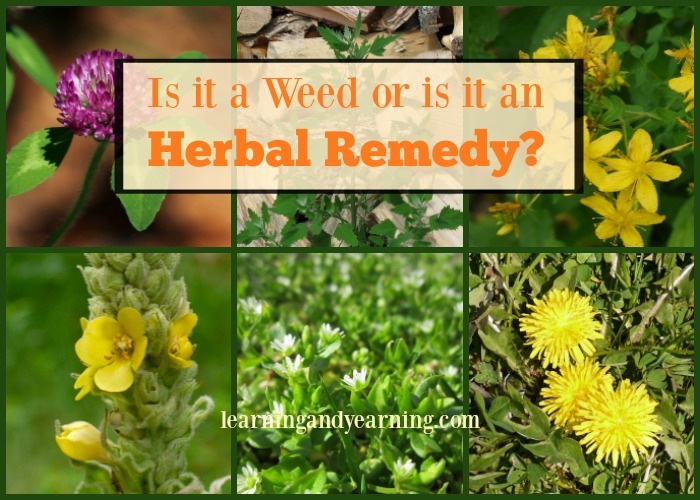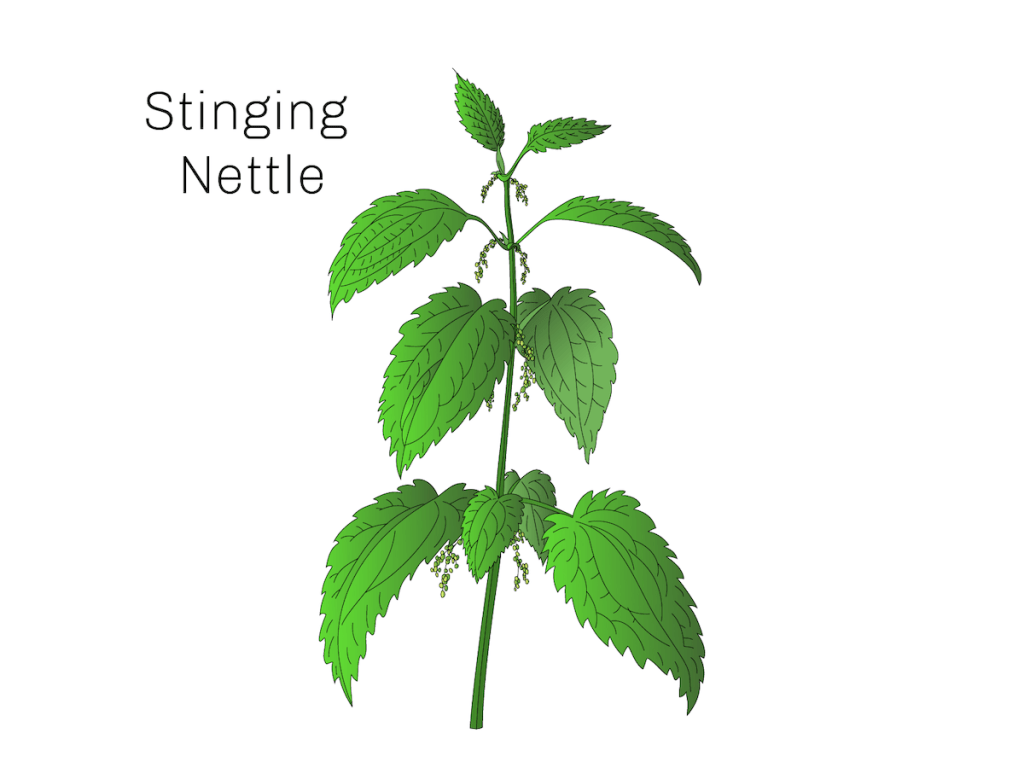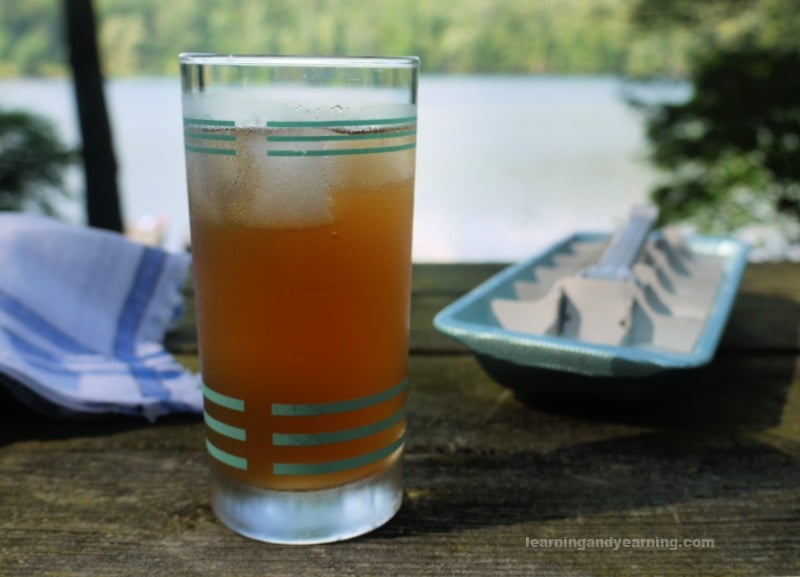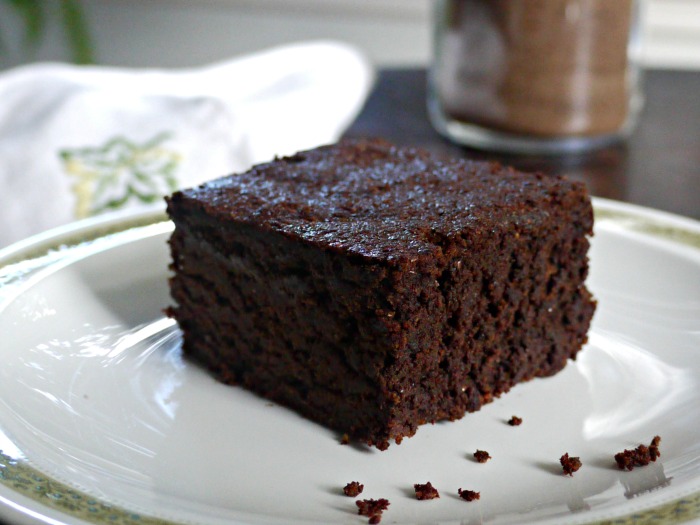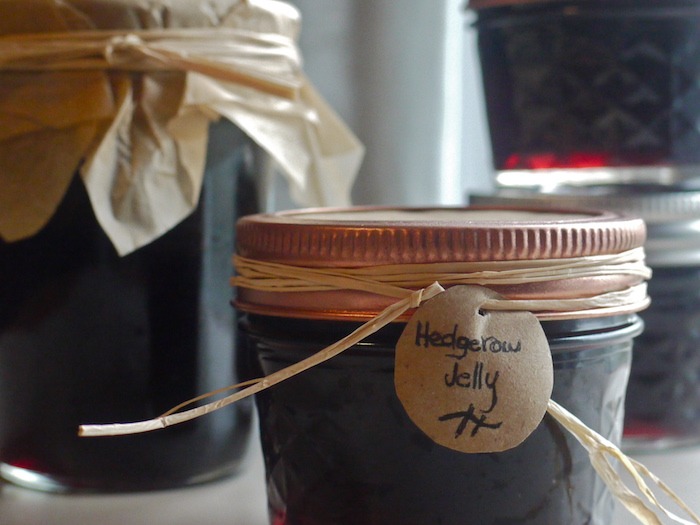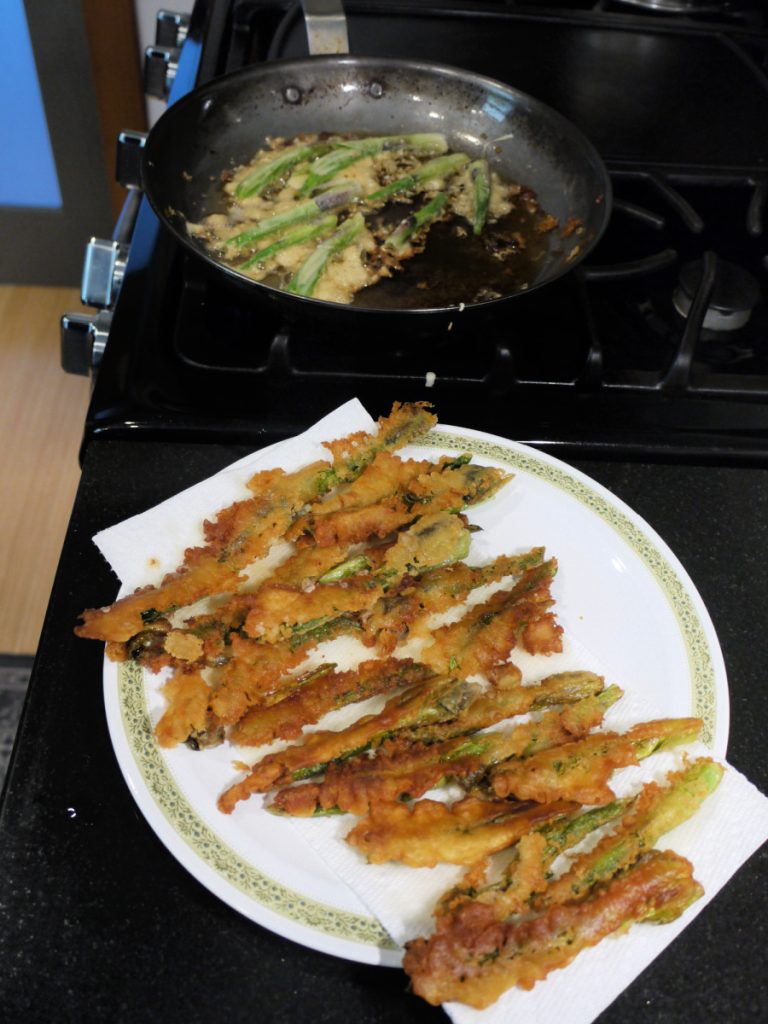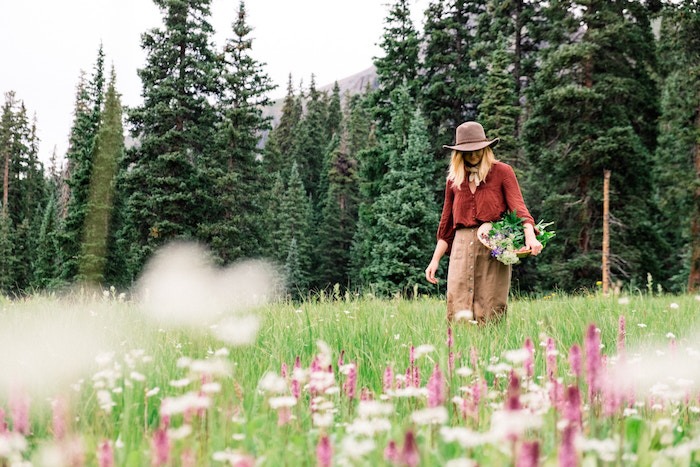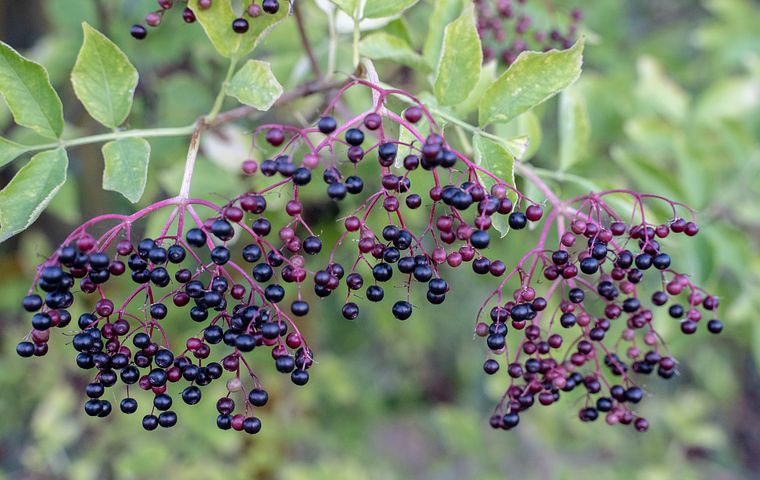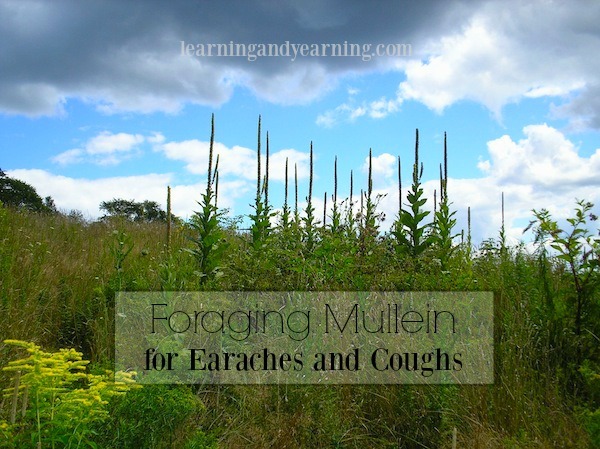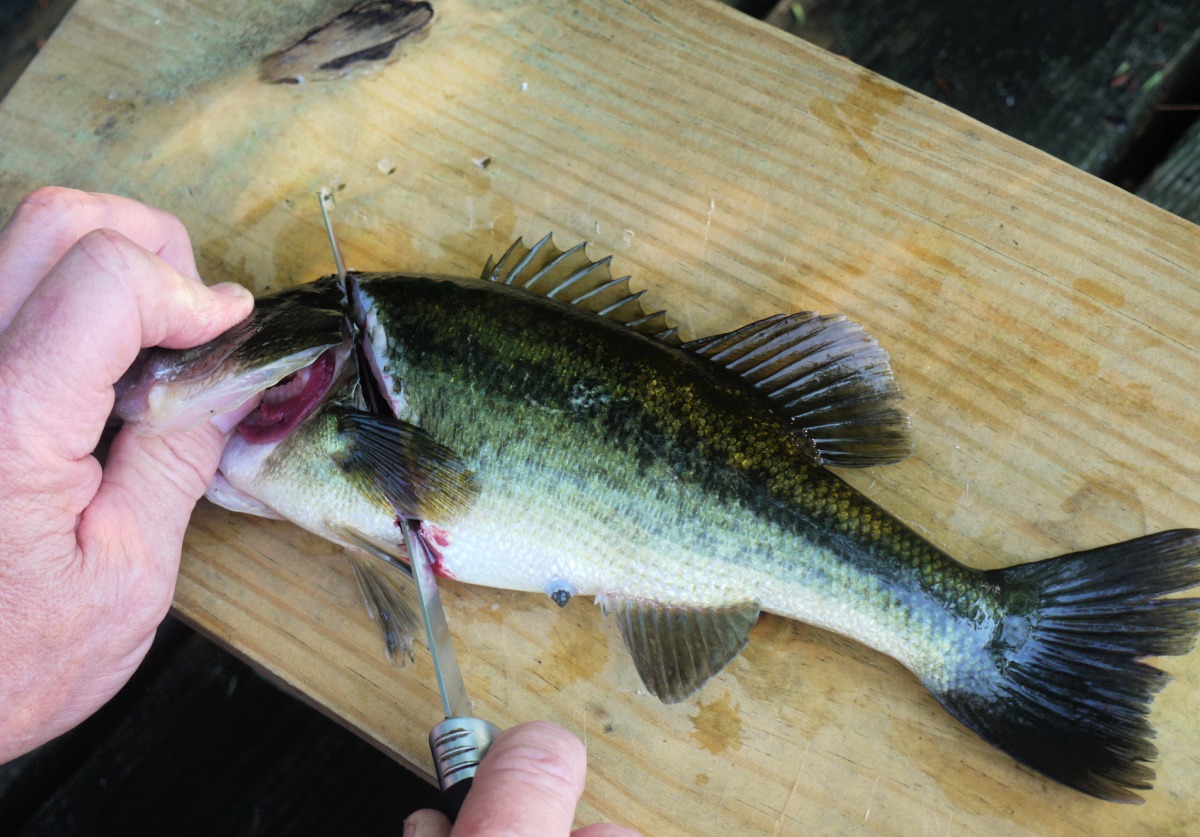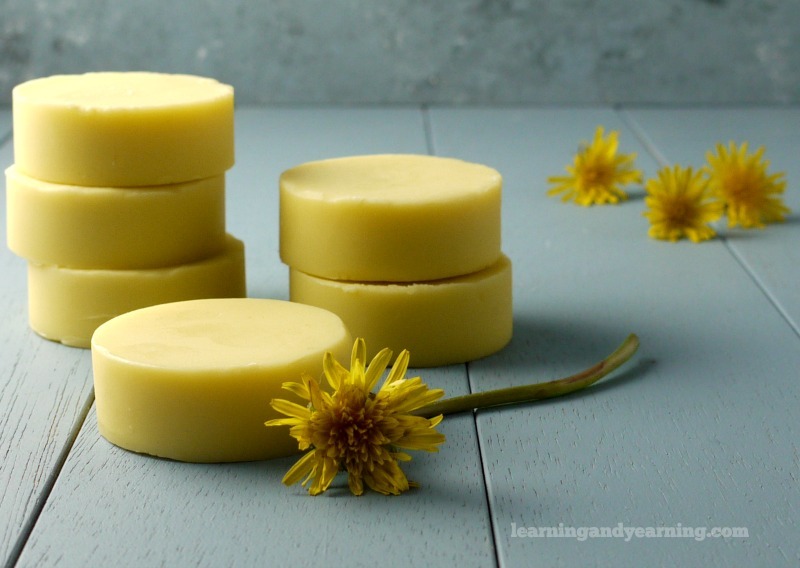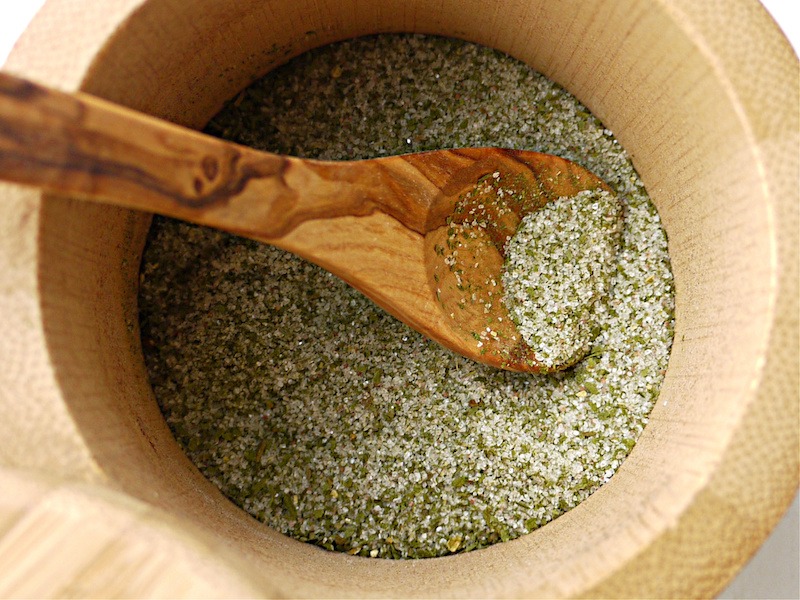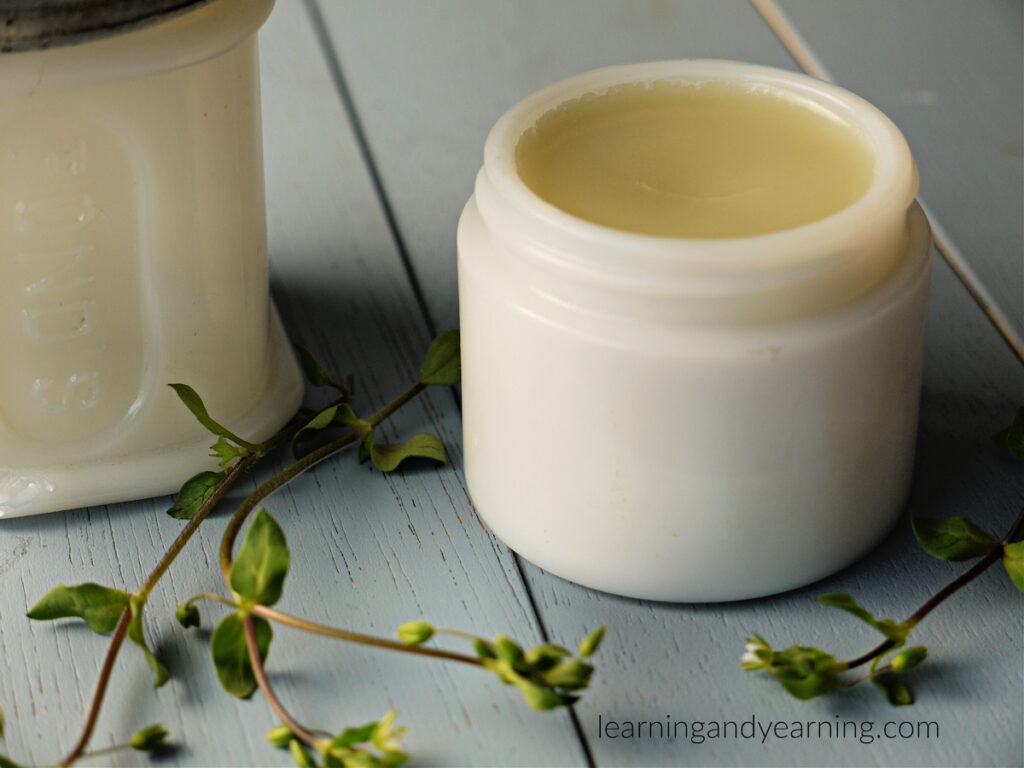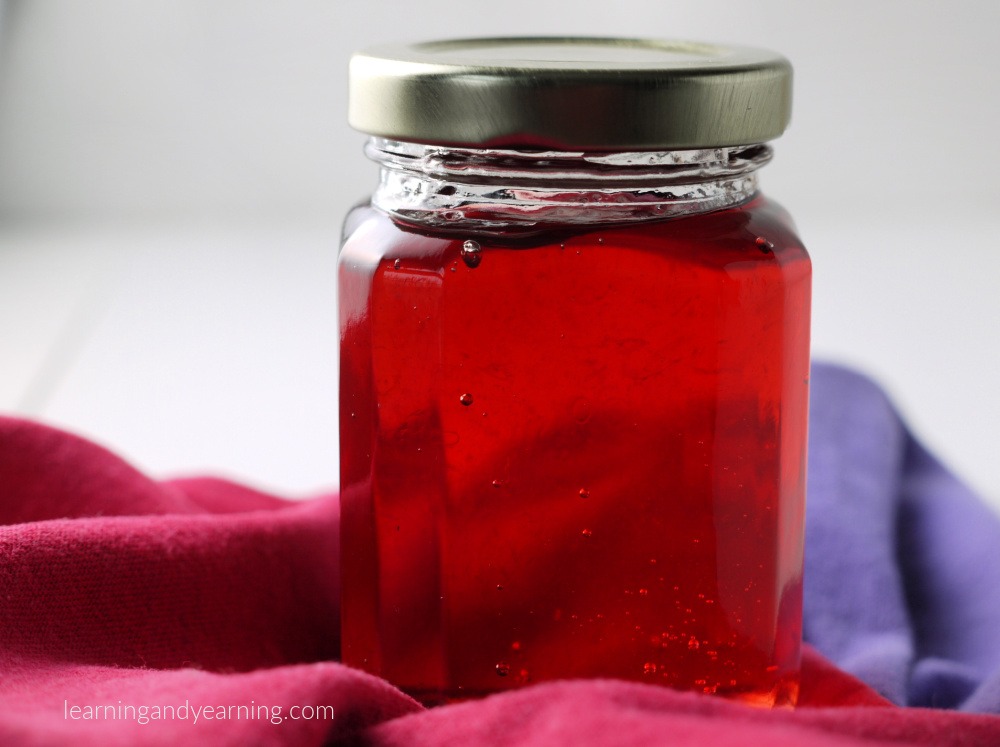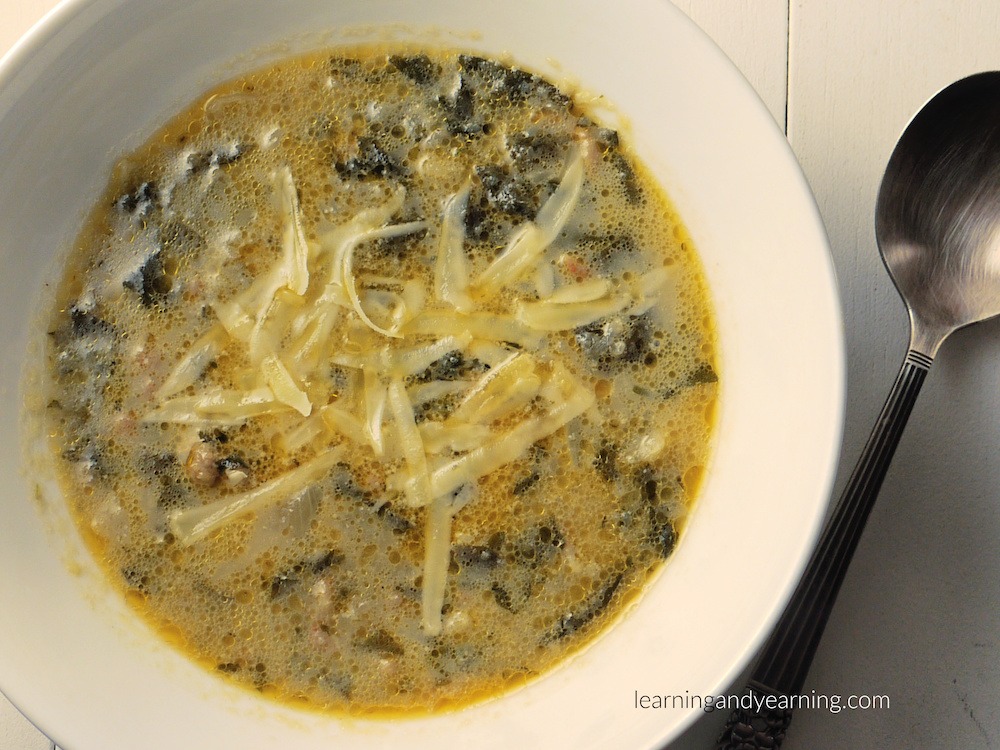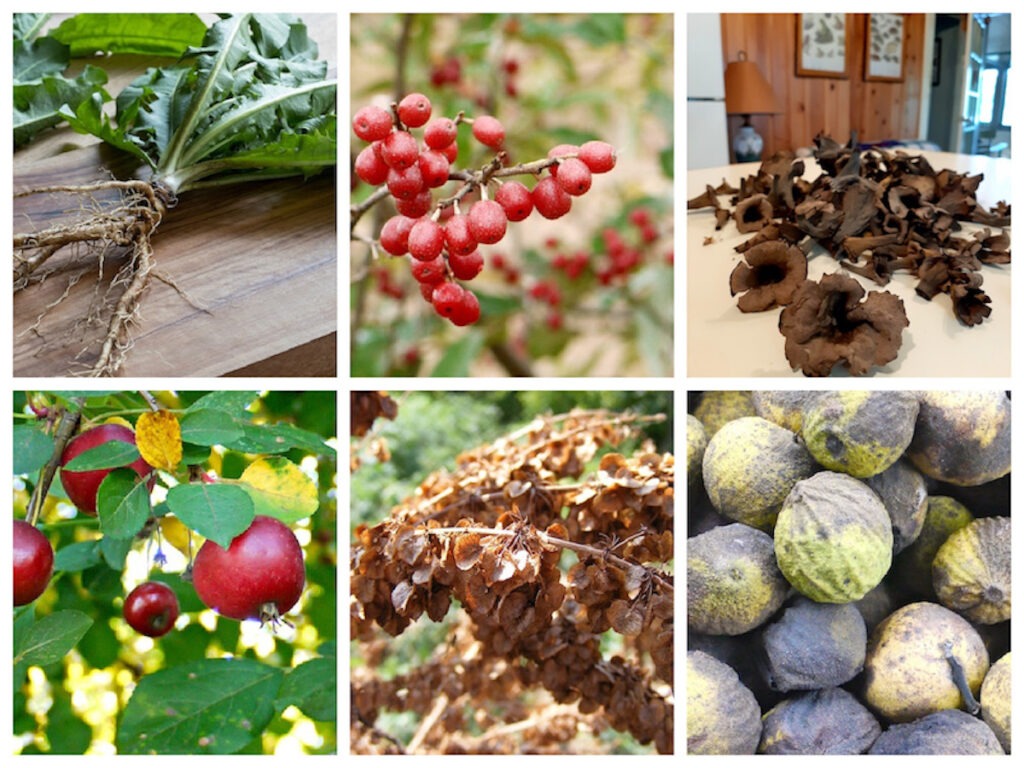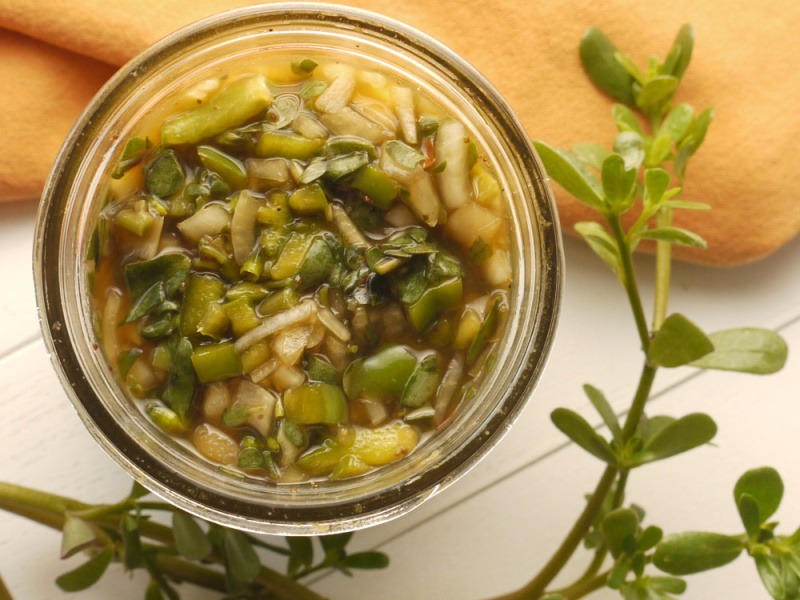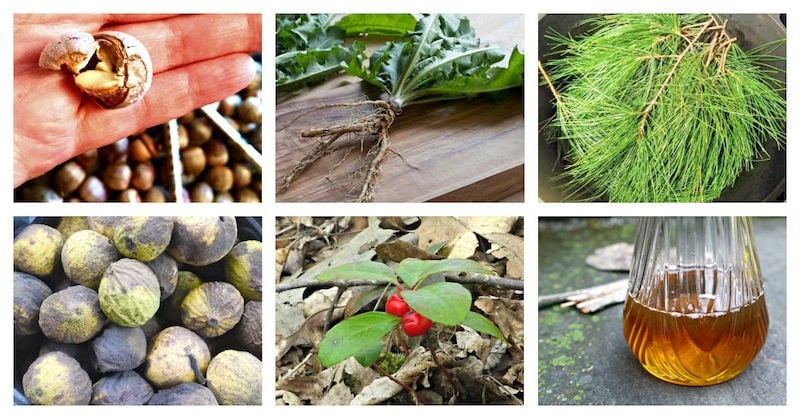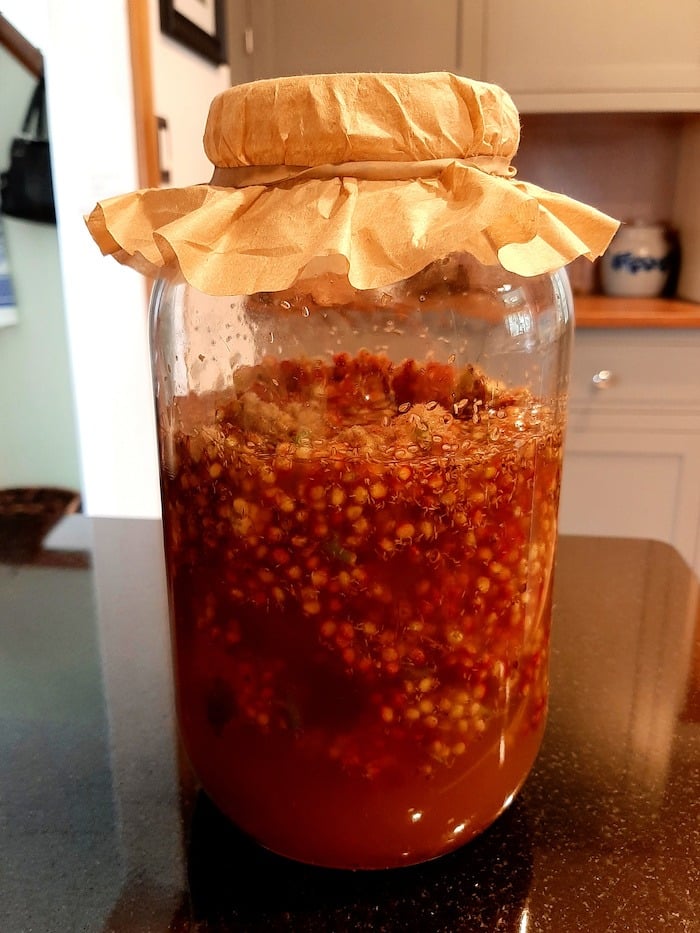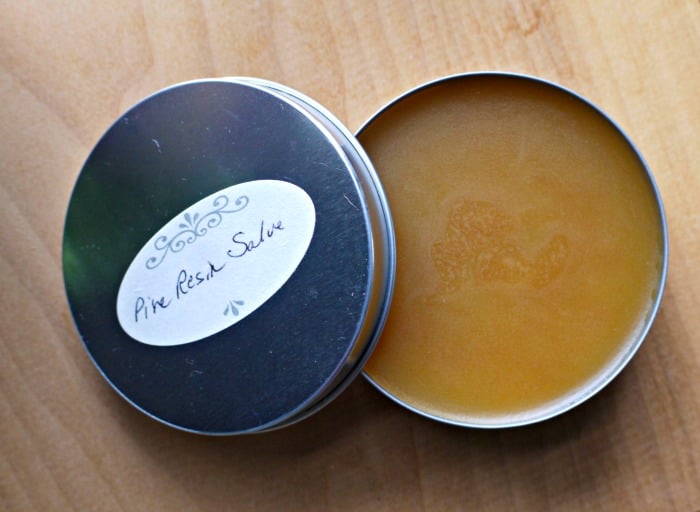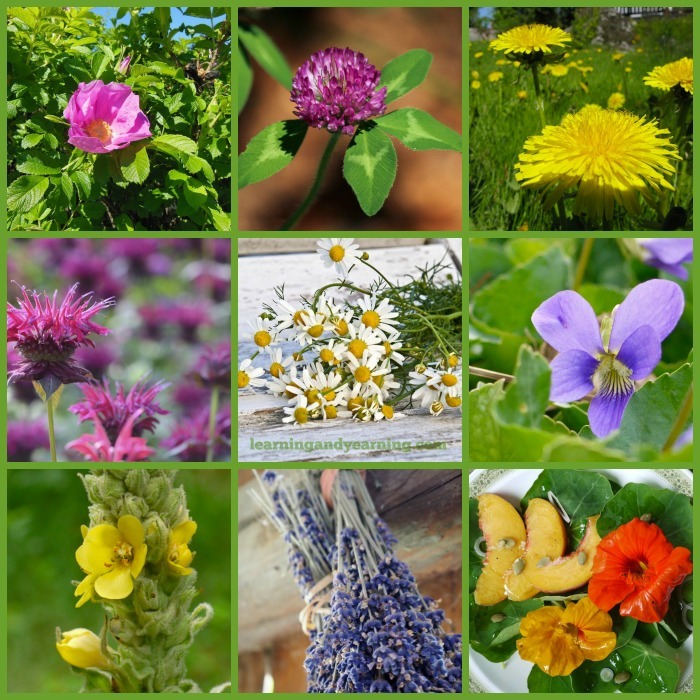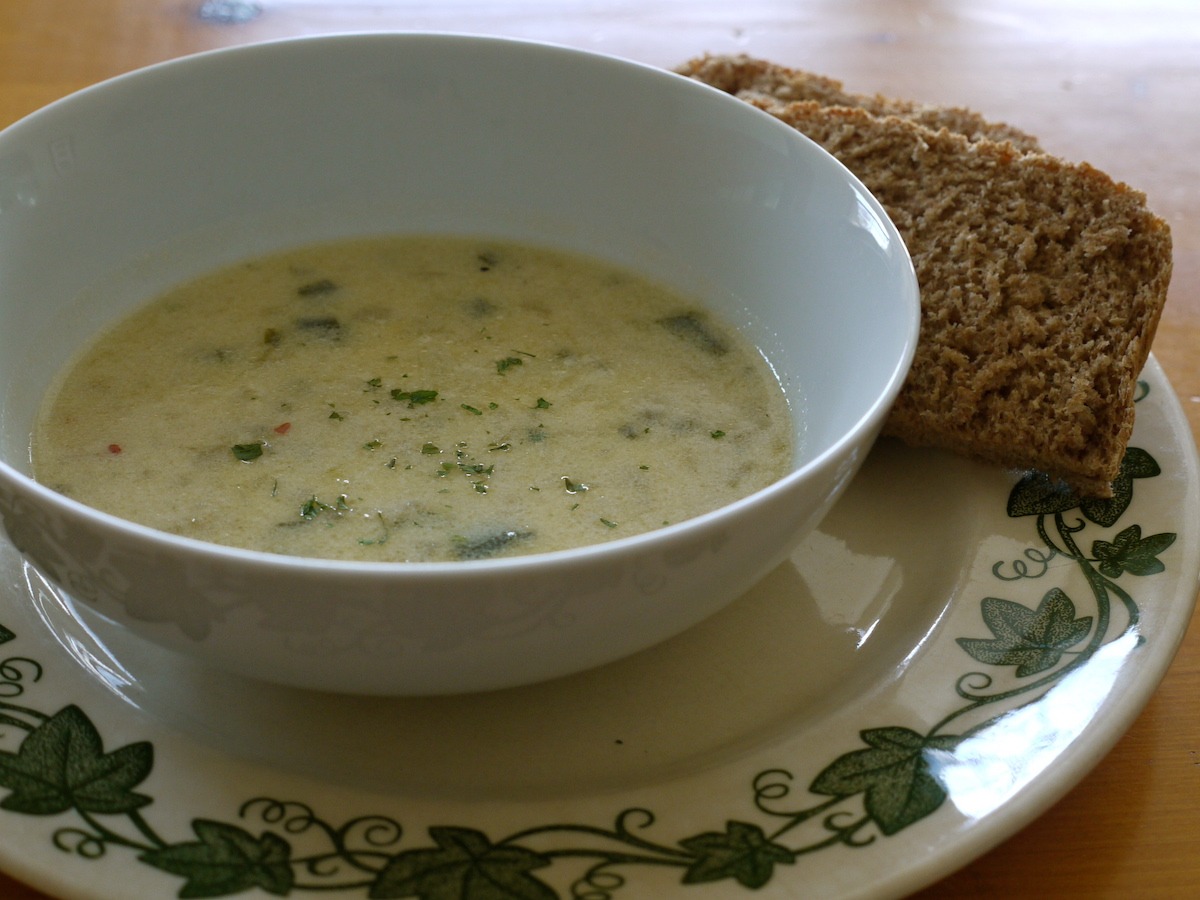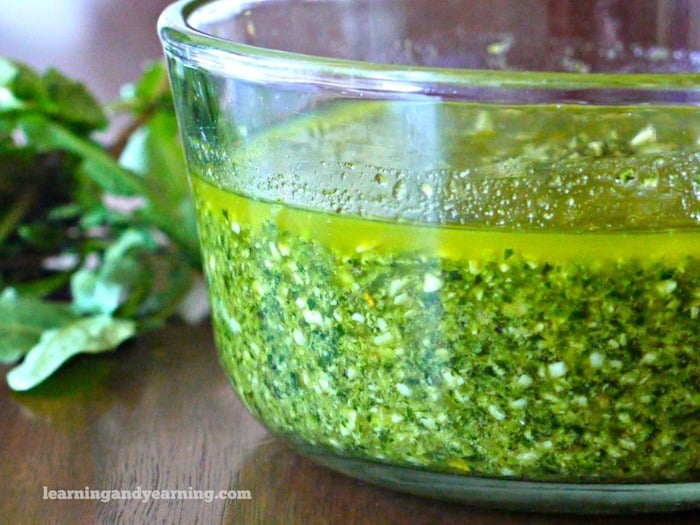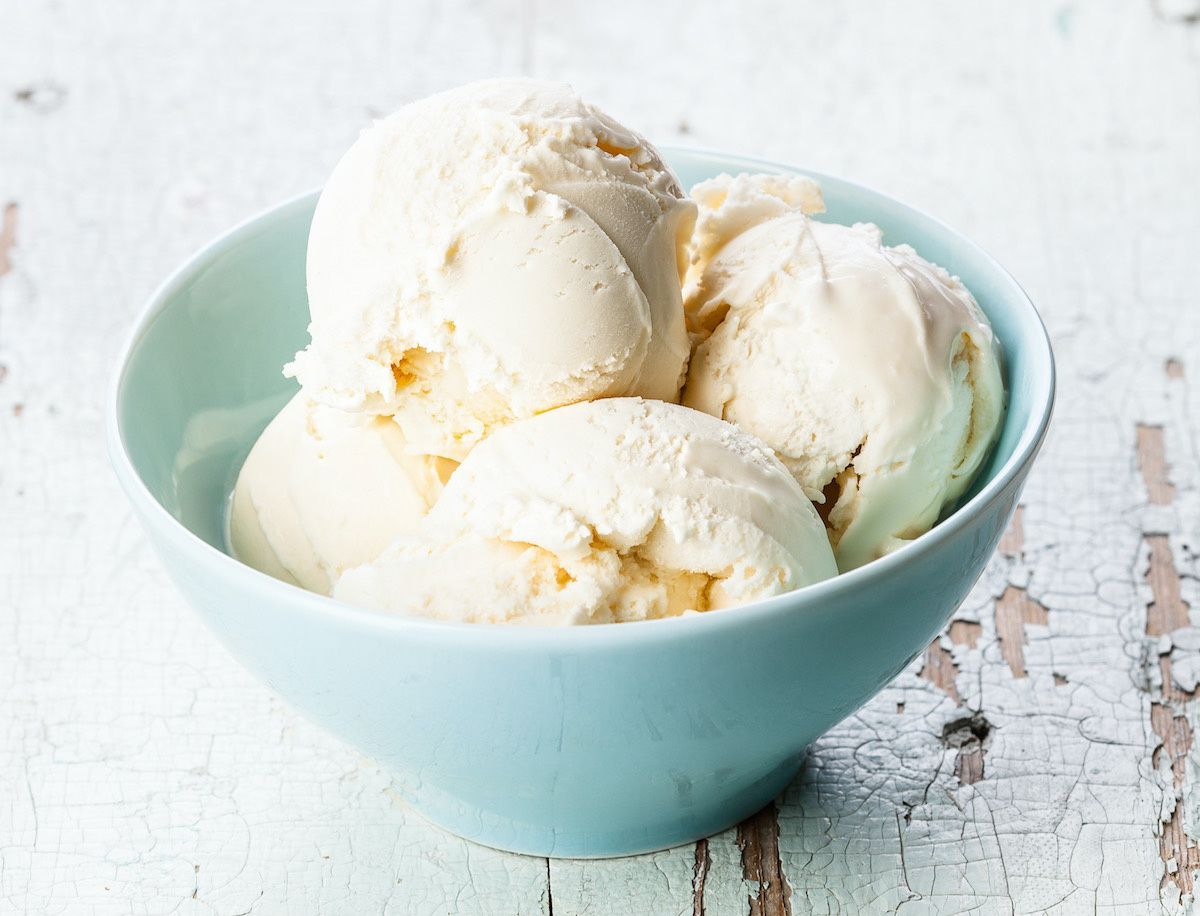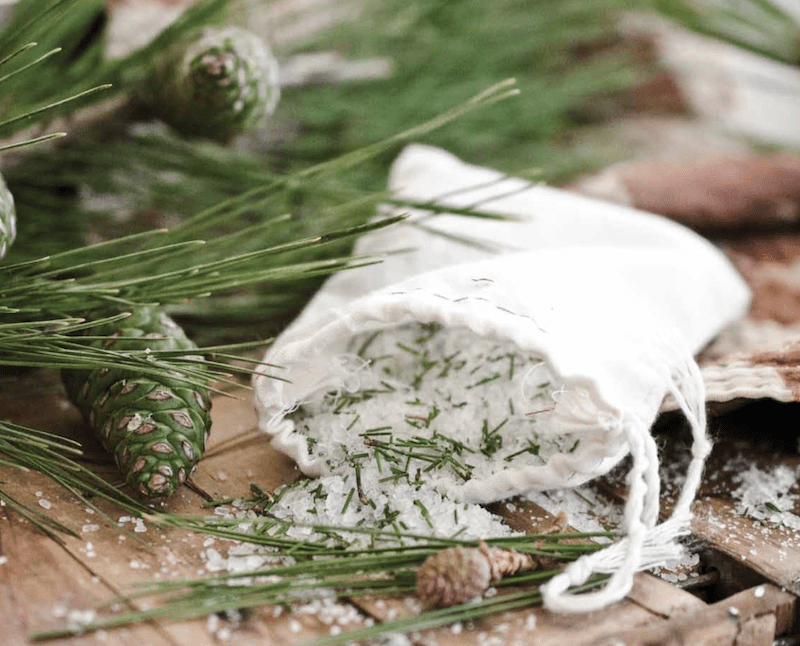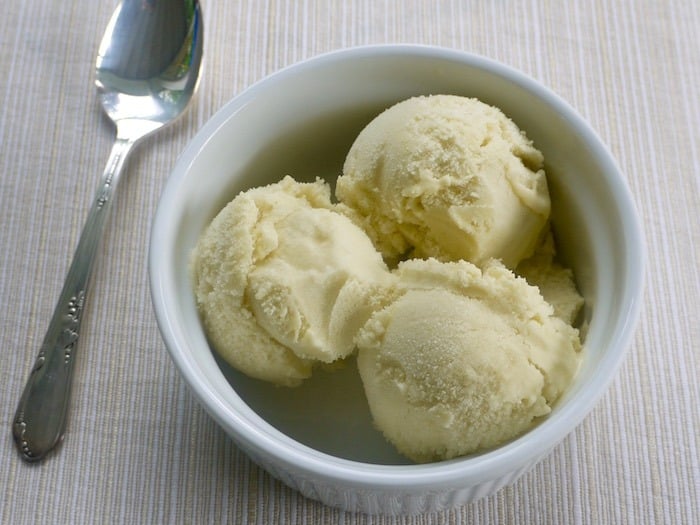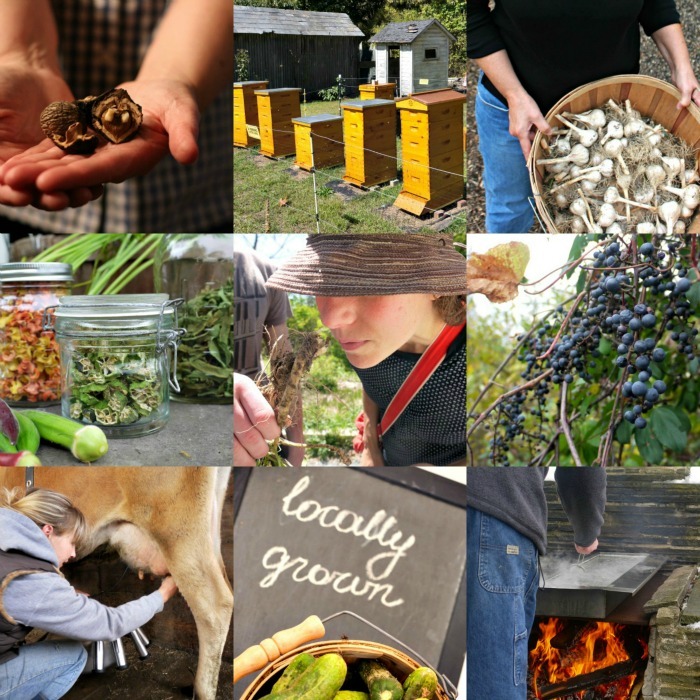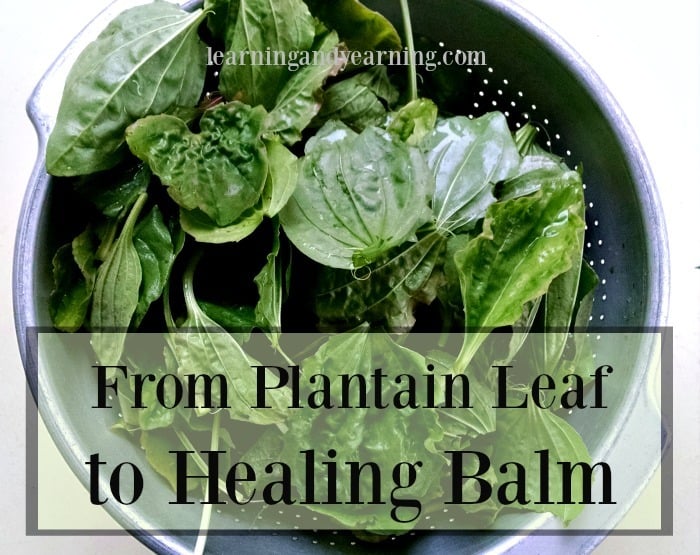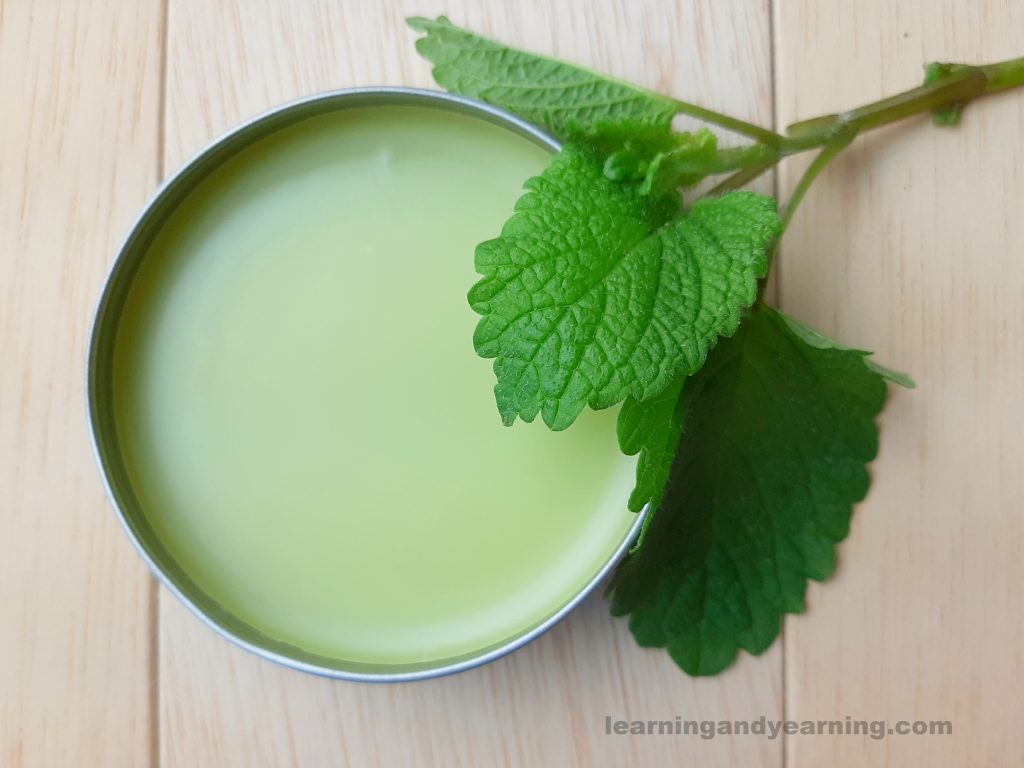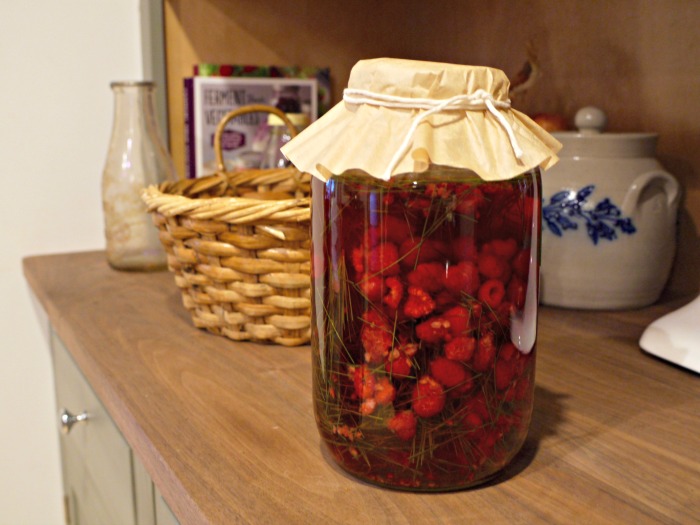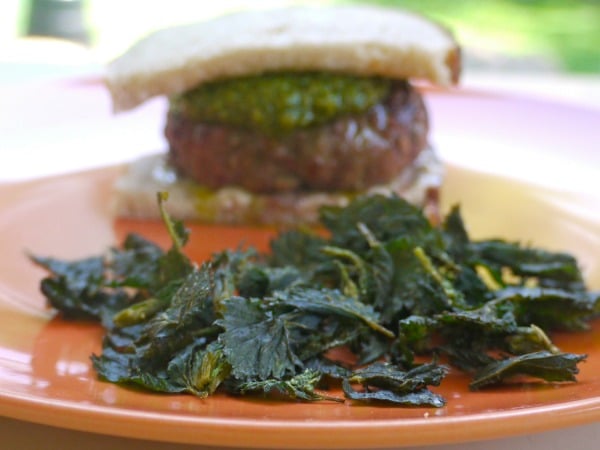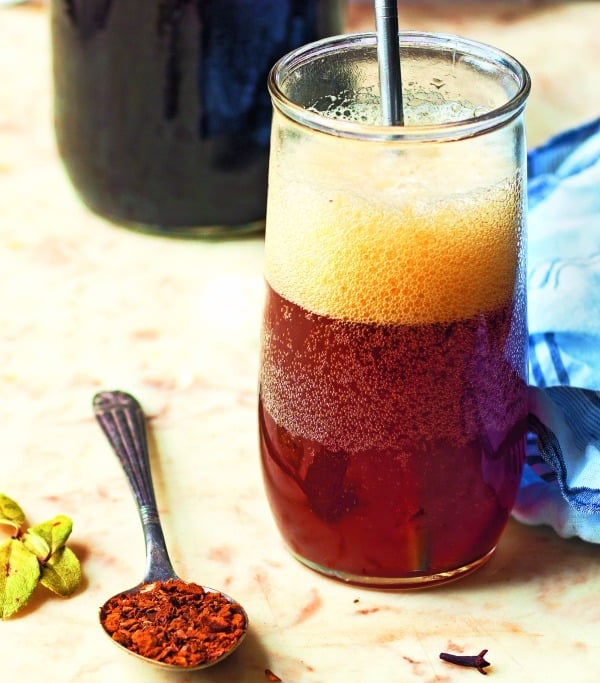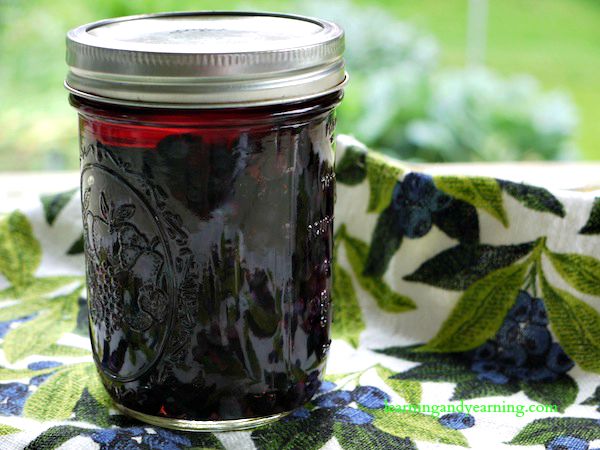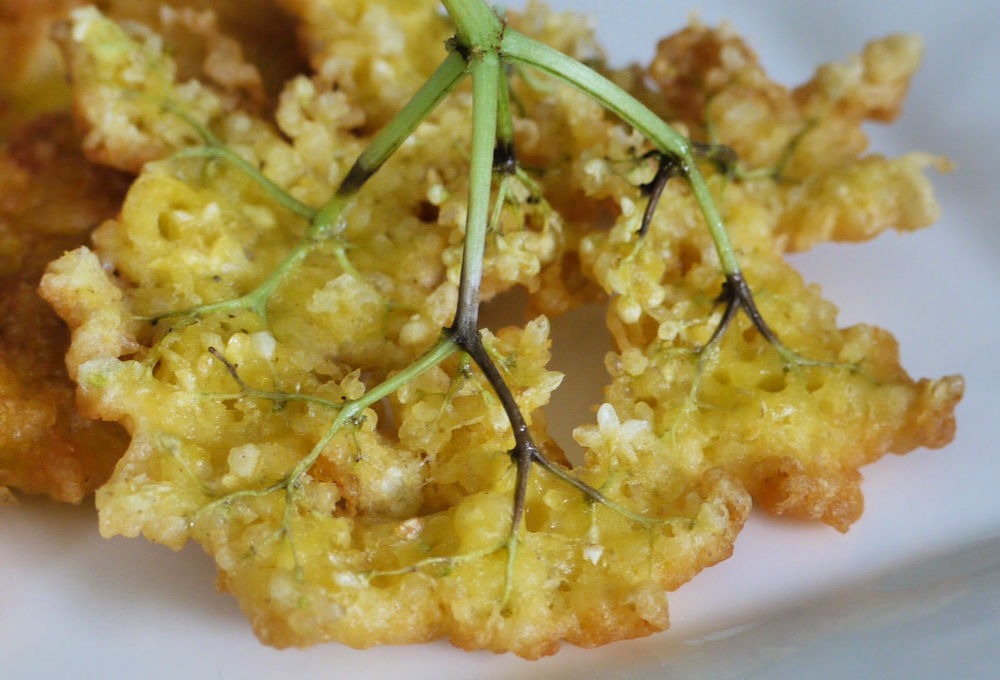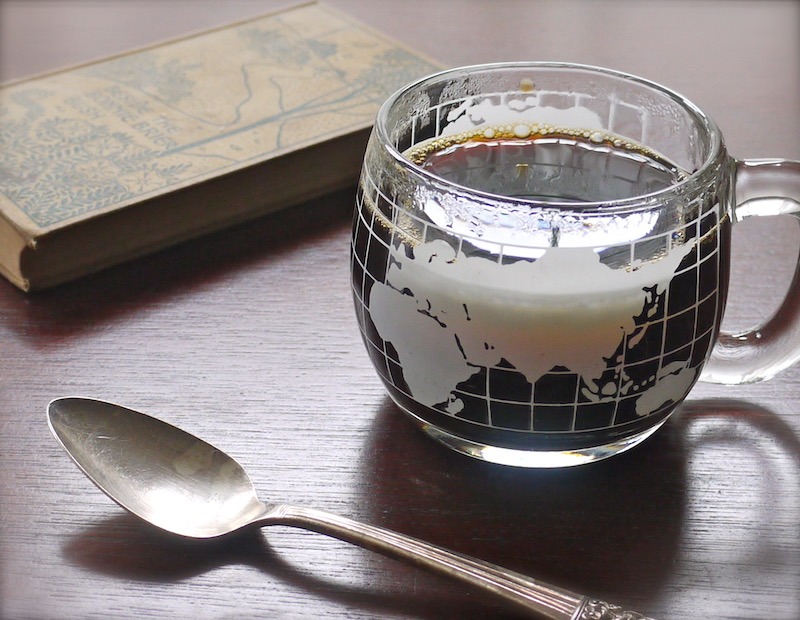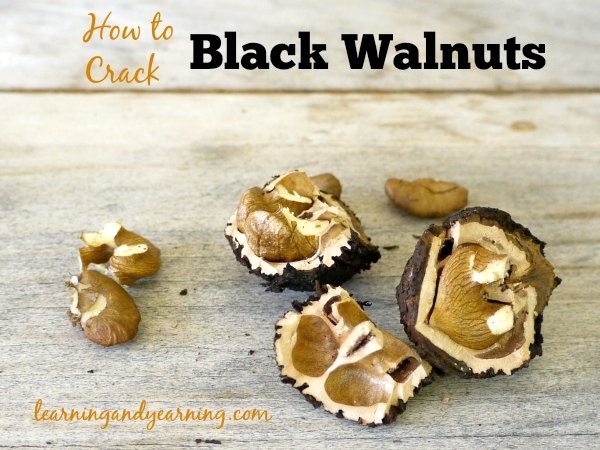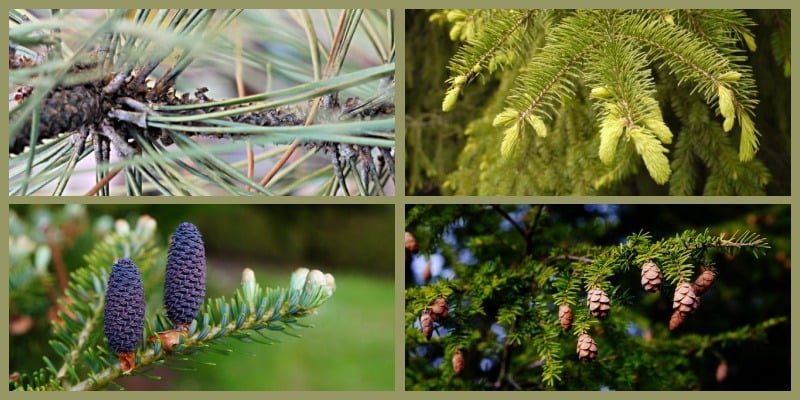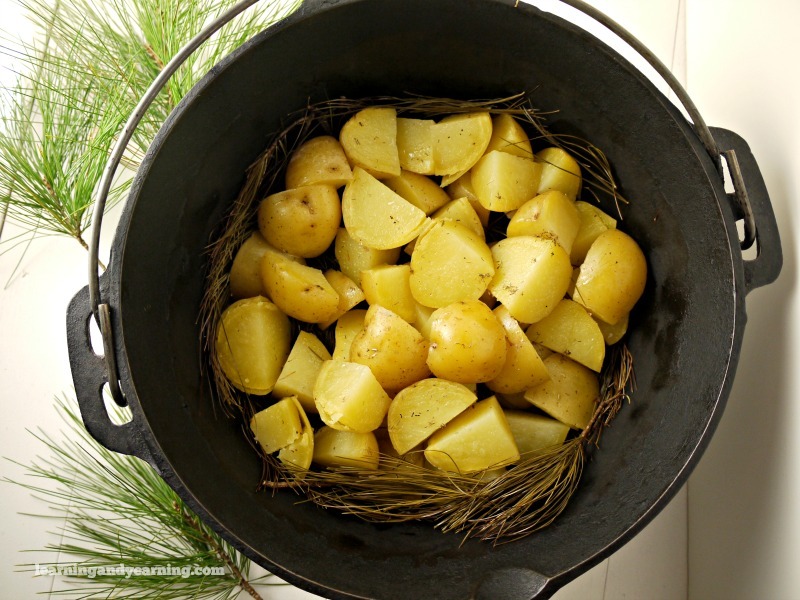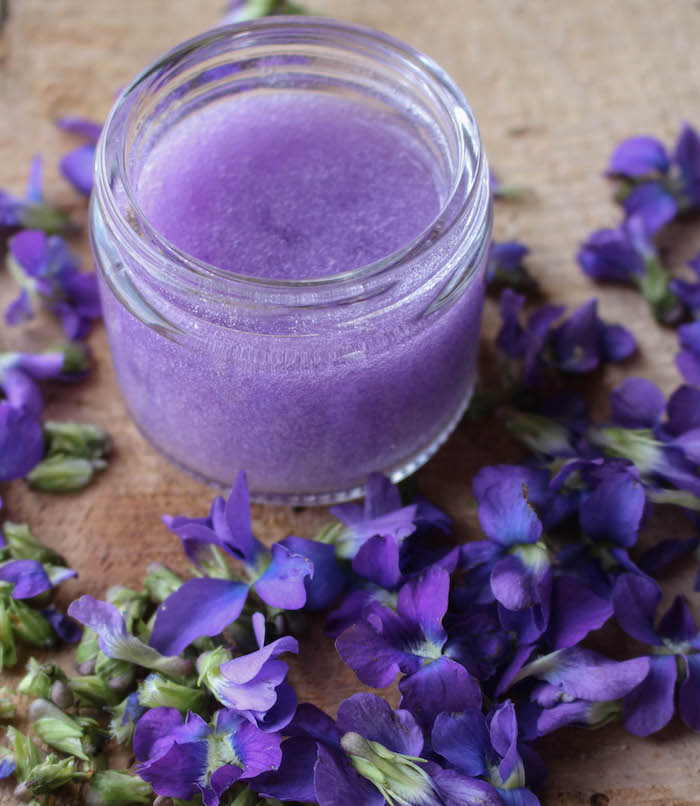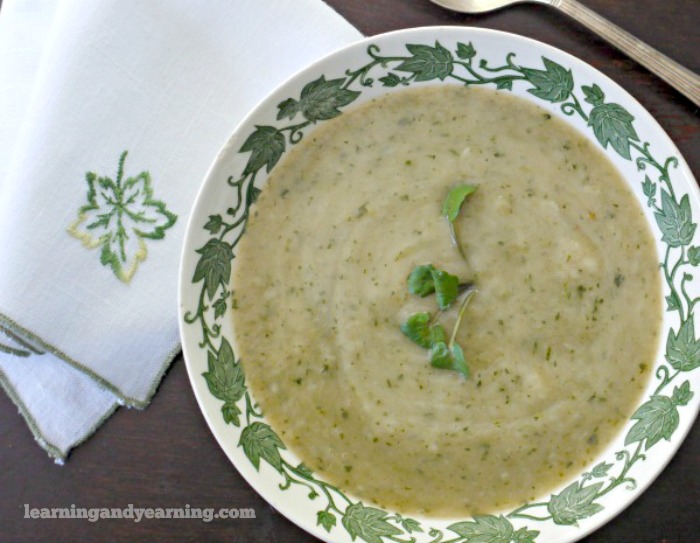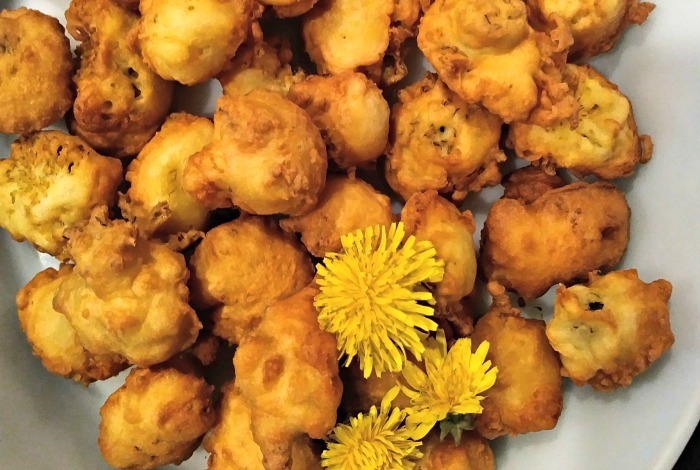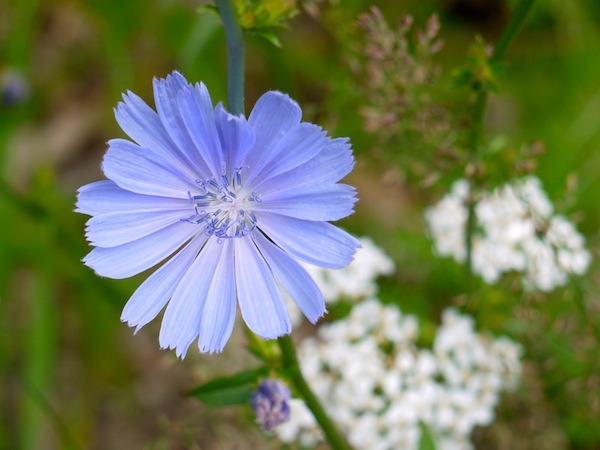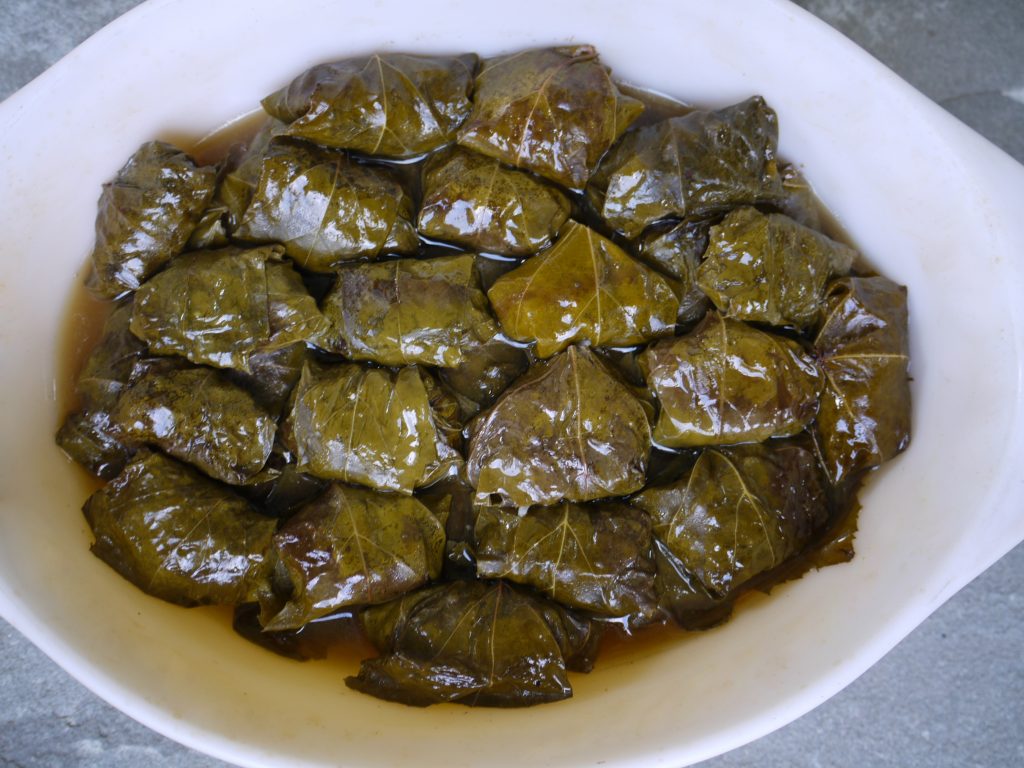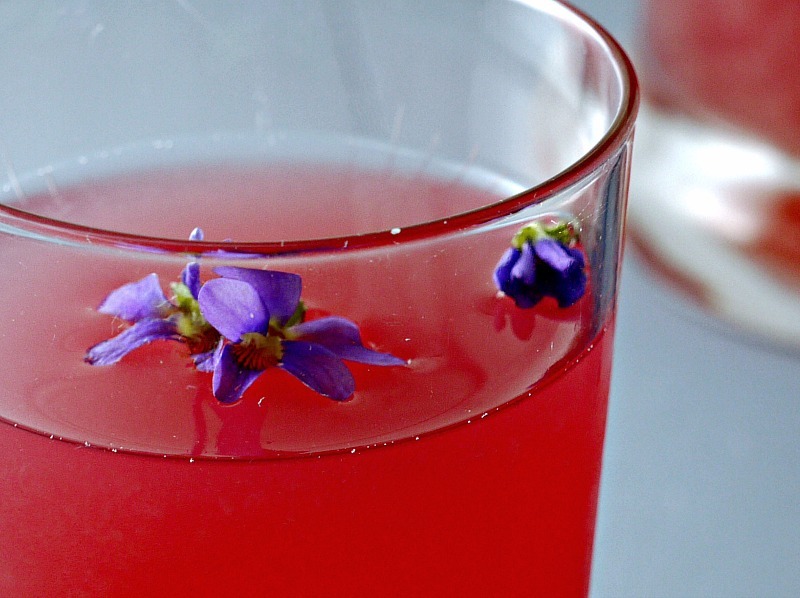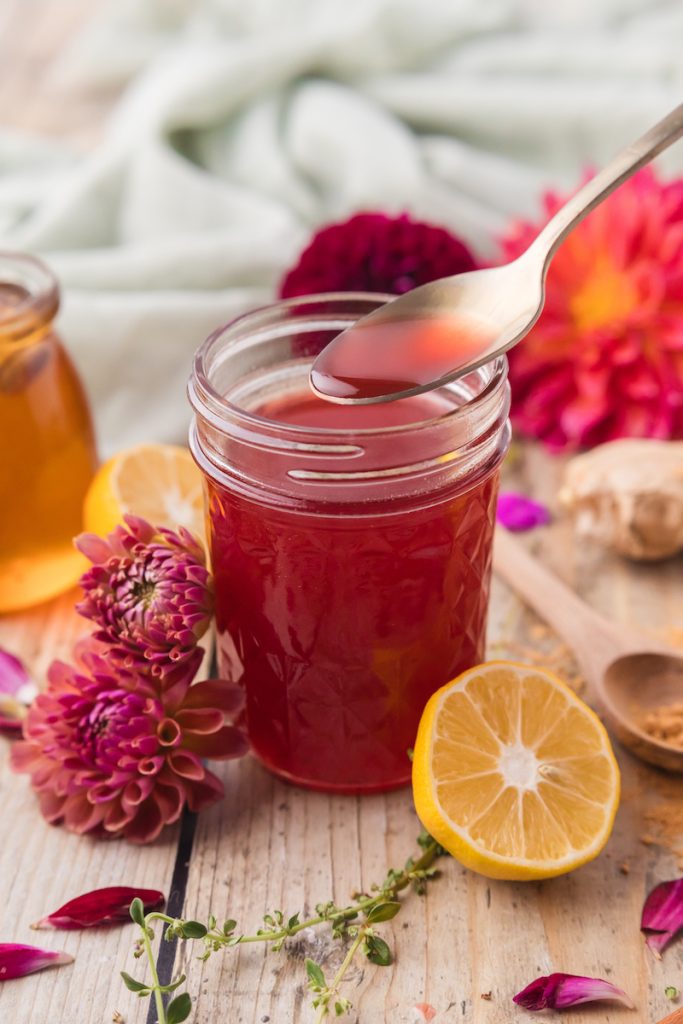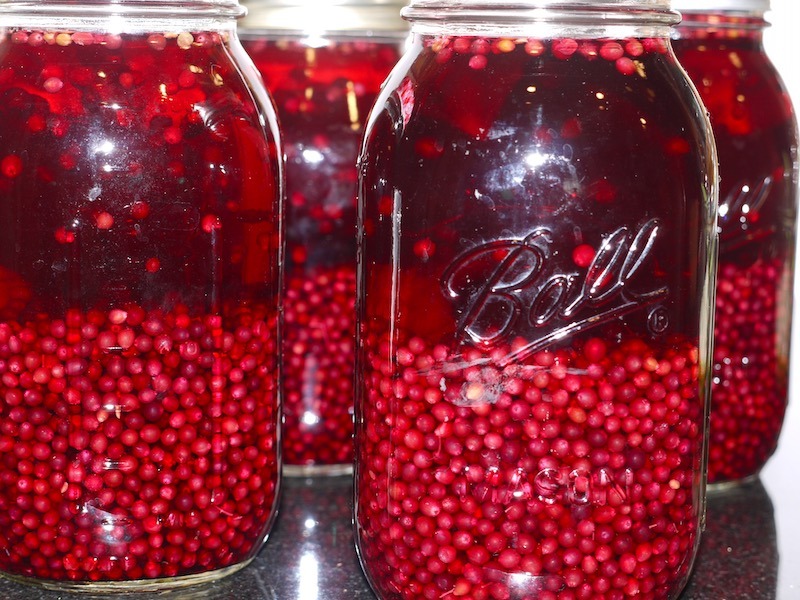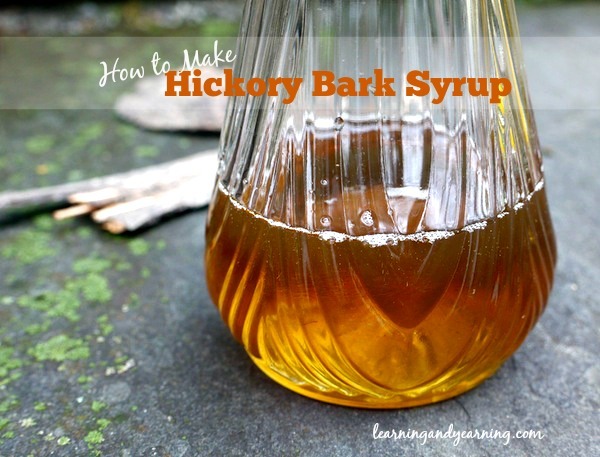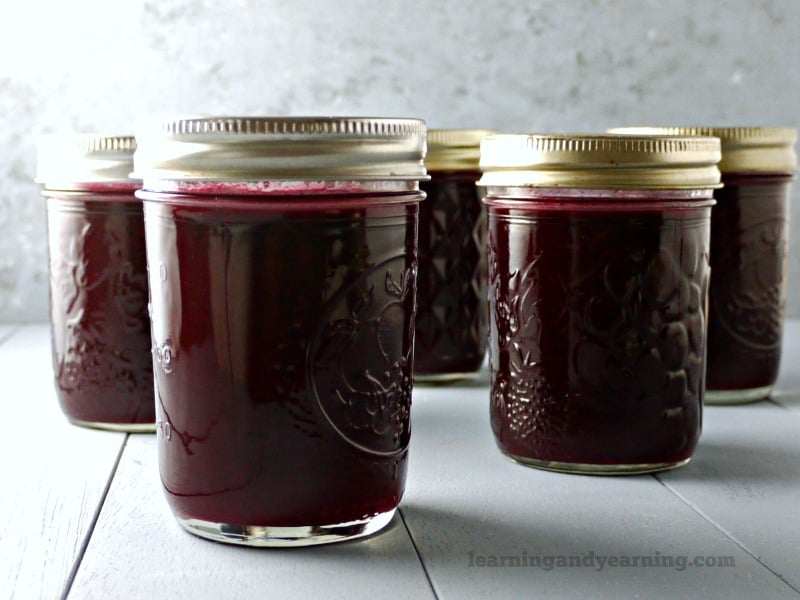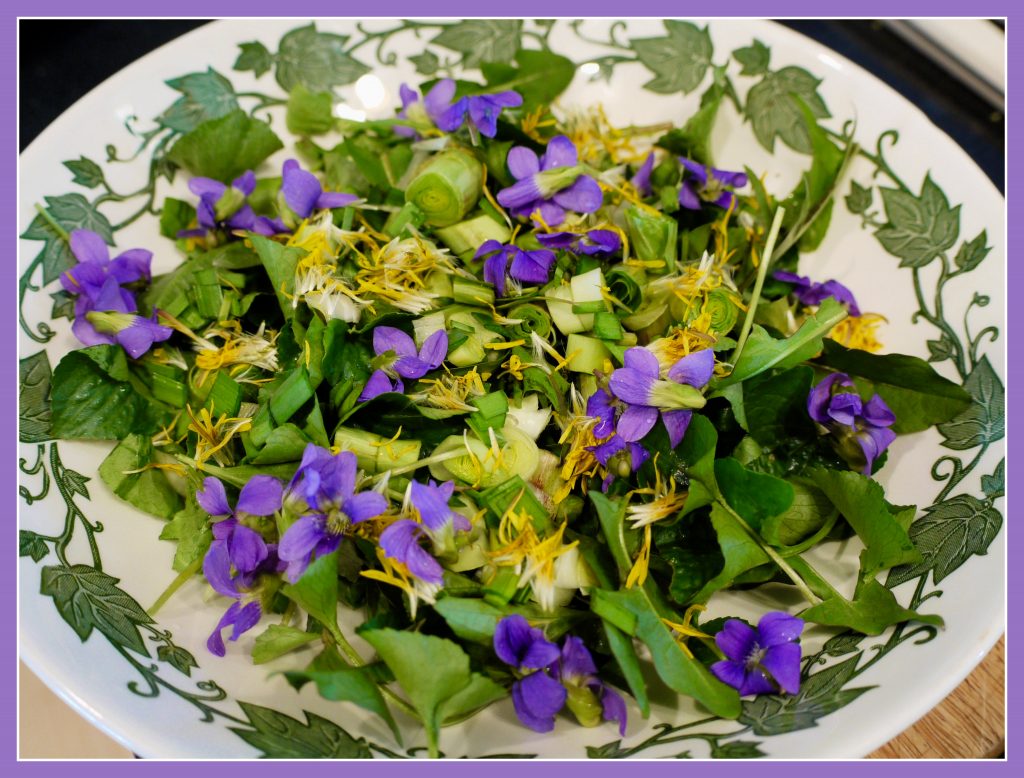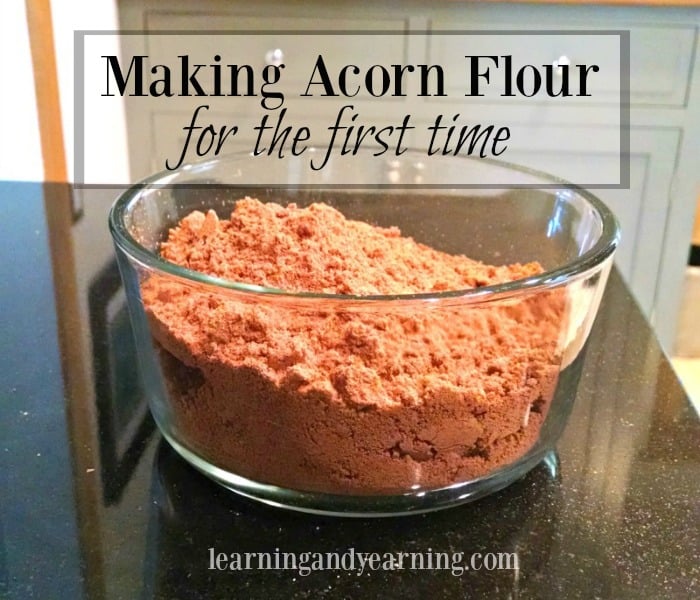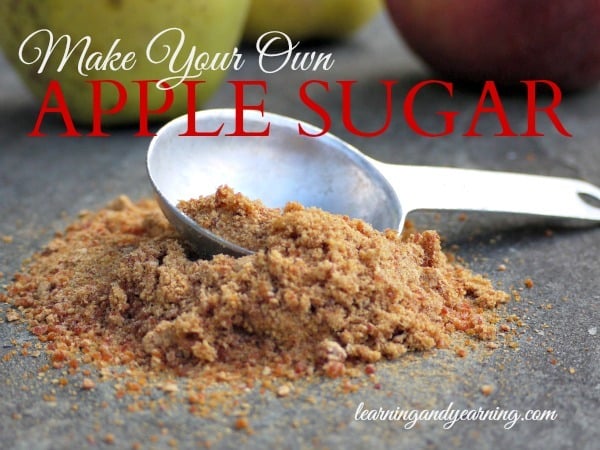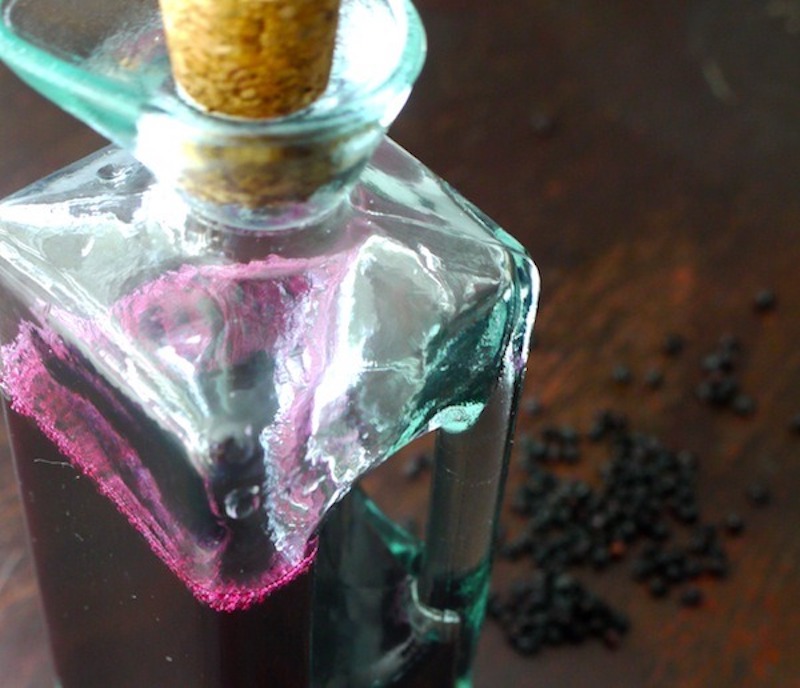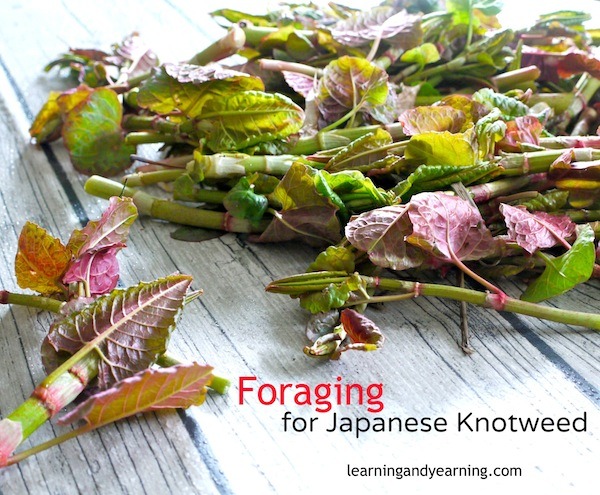 I grew up a stone’s throw from the Lackawanna River in Scranton, PA. The bank of the river was (and is) covered by a super-tall, bamboo-like plant that we called Monkey-Weed. It produced a small, white flower each summer, but the plant was not something I ever considered attractive. Our Monkey-Weed’s real name is Japanese Knotweed and was brought to the U.S. in the late 1800’s to use as erosion control. Unfortunately, it has become an extremely invasive plant crowding out native species.
I grew up a stone’s throw from the Lackawanna River in Scranton, PA. The bank of the river was (and is) covered by a super-tall, bamboo-like plant that we called Monkey-Weed. It produced a small, white flower each summer, but the plant was not something I ever considered attractive. Our Monkey-Weed’s real name is Japanese Knotweed and was brought to the U.S. in the late 1800’s to use as erosion control. Unfortunately, it has become an extremely invasive plant crowding out native species.
Mike and I now have a sweet little cottage on a lake near the Delaware River which forms the border between PA and NJ. The banks and islands of this beautiful river are also plagued by Knotweed. At a workshop run by the National Park Service we learned that a piece of Knotweed the size of a thumbnail could float down the river, deposit itself on a bank, and reproduce! No wonder that eradicating it has been so difficult.
You can imagine my surprise a few years ago when I learned that the young shoots of the Japanese Knotweed are edible. Cool. This would be the perfect revenge. When life gives you lemons, make lemonade, and all that.
Most references compare the shoots to either asparagus or rhubarb. Since I’ve pledged to forage for at least one plant a week this spring, I thought it was time to try Japanese Knotweed. Fool that I am.
We were at my amazing little great-nephew’s birthday party this past week, which was at the house where I grew up, so a few of us took a walk along the river and harvested the Japanese Knotweed sprouts. They were easy to pick; I used scissors, but they also snapped off at the ground without a problem.
At home, I removed all of the leaves, and threw them in the garbage. I wouldn’t chance an invasion in my yard by putting them in my compost. I took about half of the shoots and steamed them to go with our dinner. As I was preparing them, I realized I was dreading the thought of tasting them. I’m usually quite willing to taste just about anything, but I realized that my lifelong dislike of this plant was affecting how I felt about eating them.
My feelings, however, were prophetic. I admit I am partly to blame. I did overcook the shoots. But this slime was truly disgusting. Not one book, not one website I visited in my research admitted the horribleness of Japanese Knotweed.
Ok, I thought. I will not be deterred. My mistake was cooking them as a vegetable like asparagus. I’ll use the rest to make a rhubarb-like dessert. And I proceeded to use precious butter, cream and organic sugar to make Baked Knotweed. I mean, really, just the name of it should have been enough to make me quit while I was ahead.
I used this recipe for Baked Rhubarb. It smelled marvelous. And tasted like sweet awfulness. I really don’t have words to describe the taste of knotweed. It has a sourness which is fine, but it also has a very strange aftertaste that I just do not like. It’s a shame because I could make a million selling this stuff if people loved it; there’s so much of it in our area.
How about you? Have you ever tasted Japanese Knotweed? What did you think?
